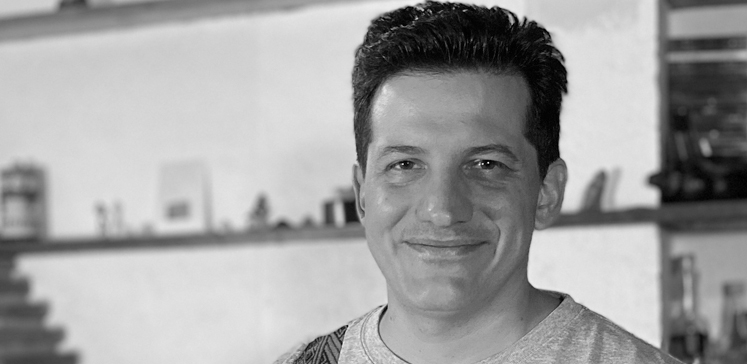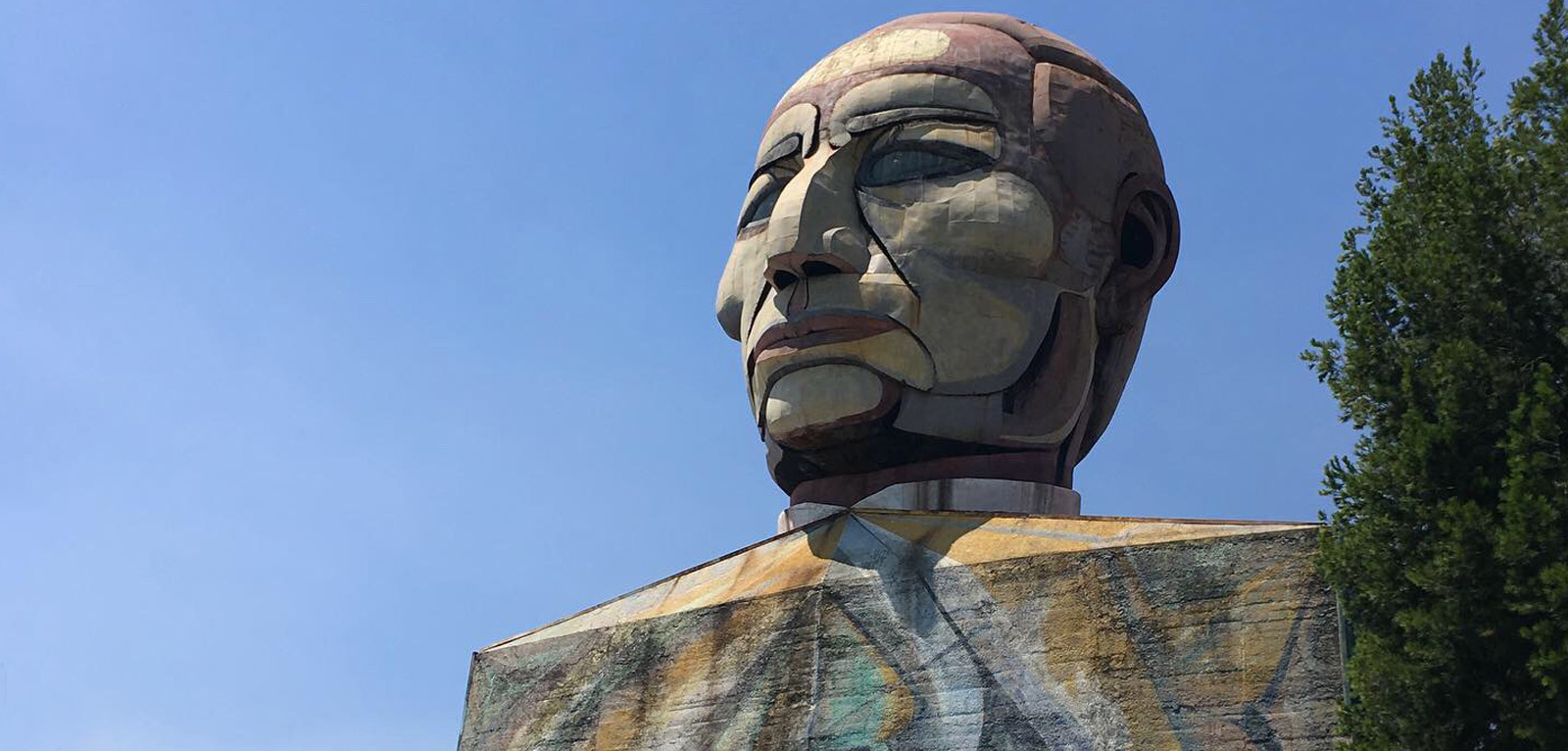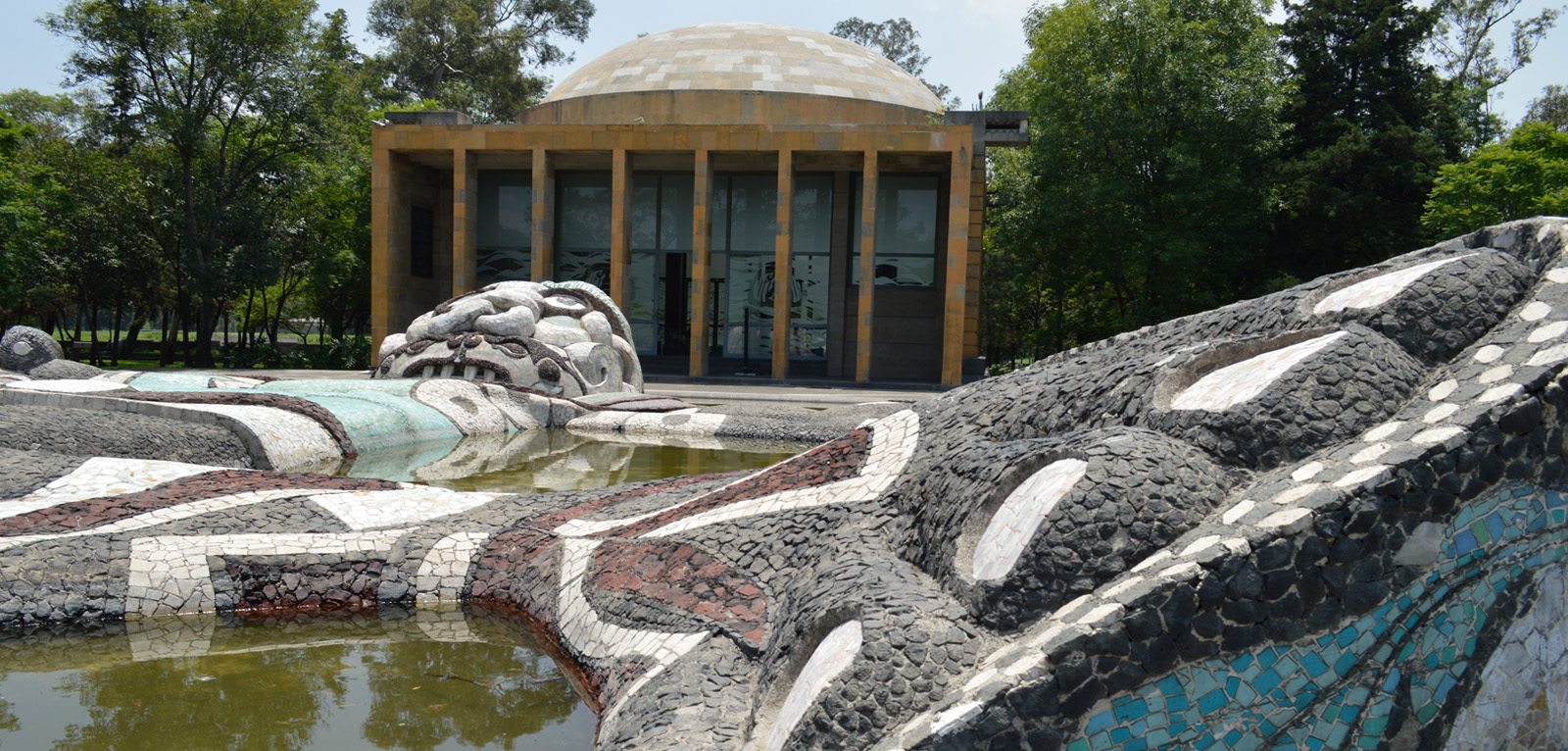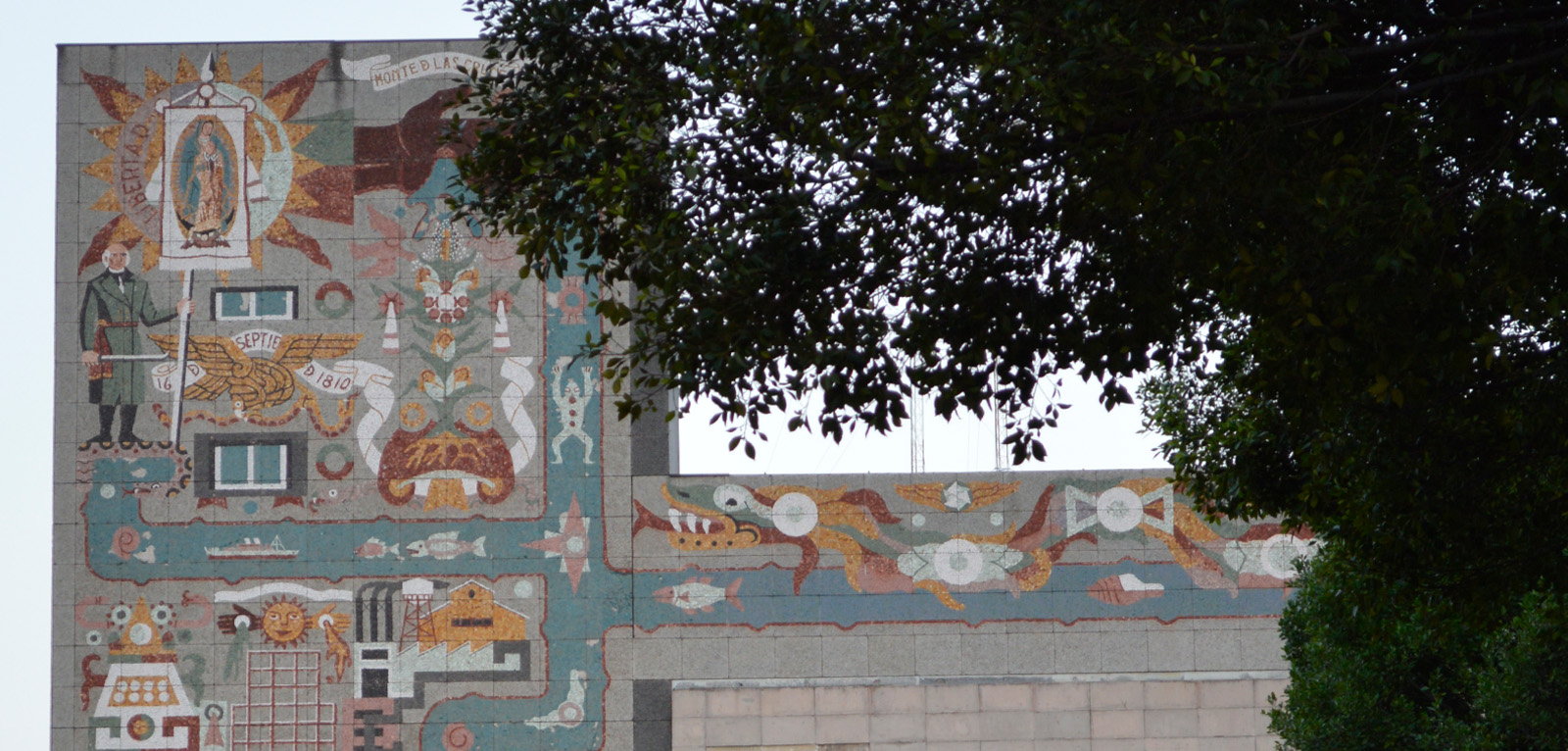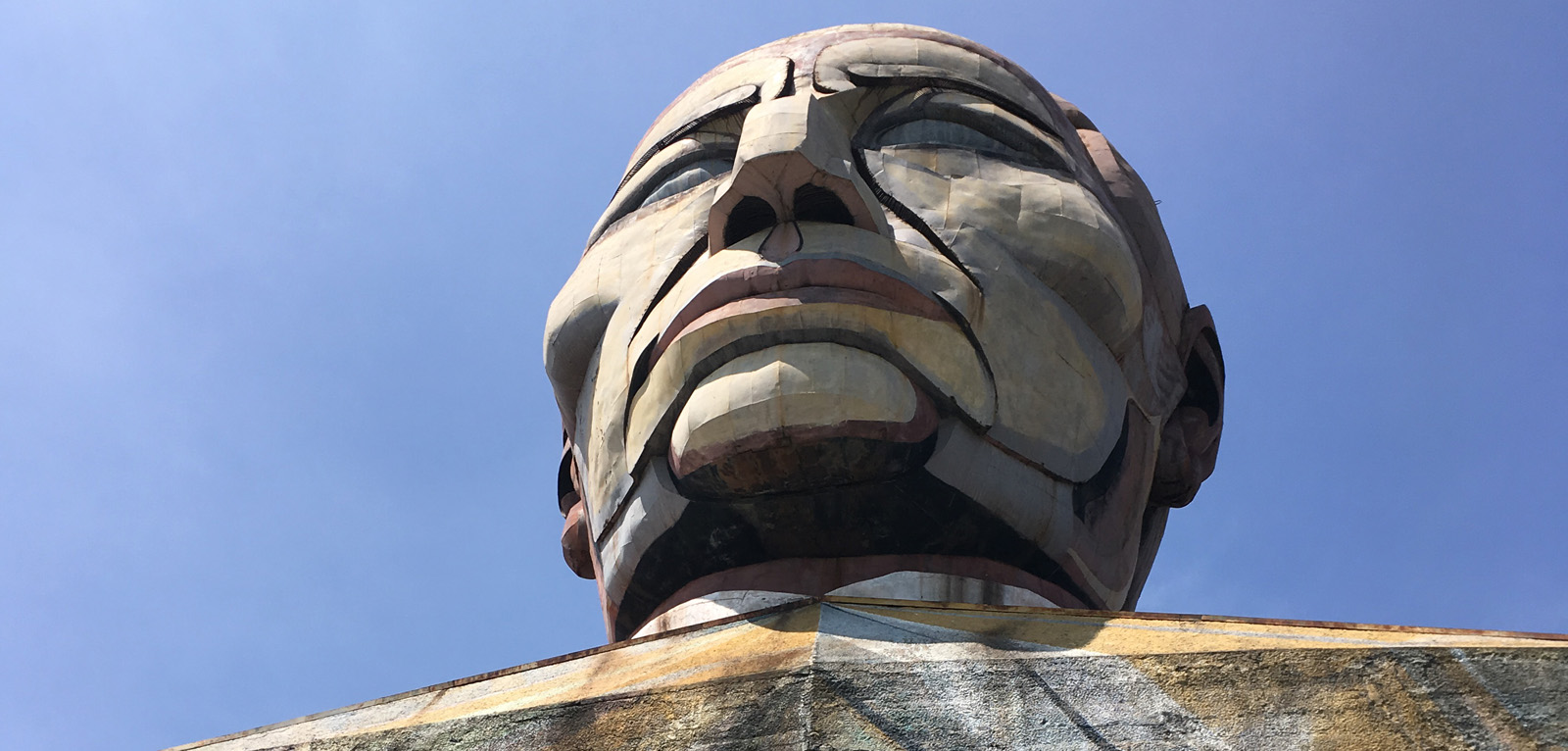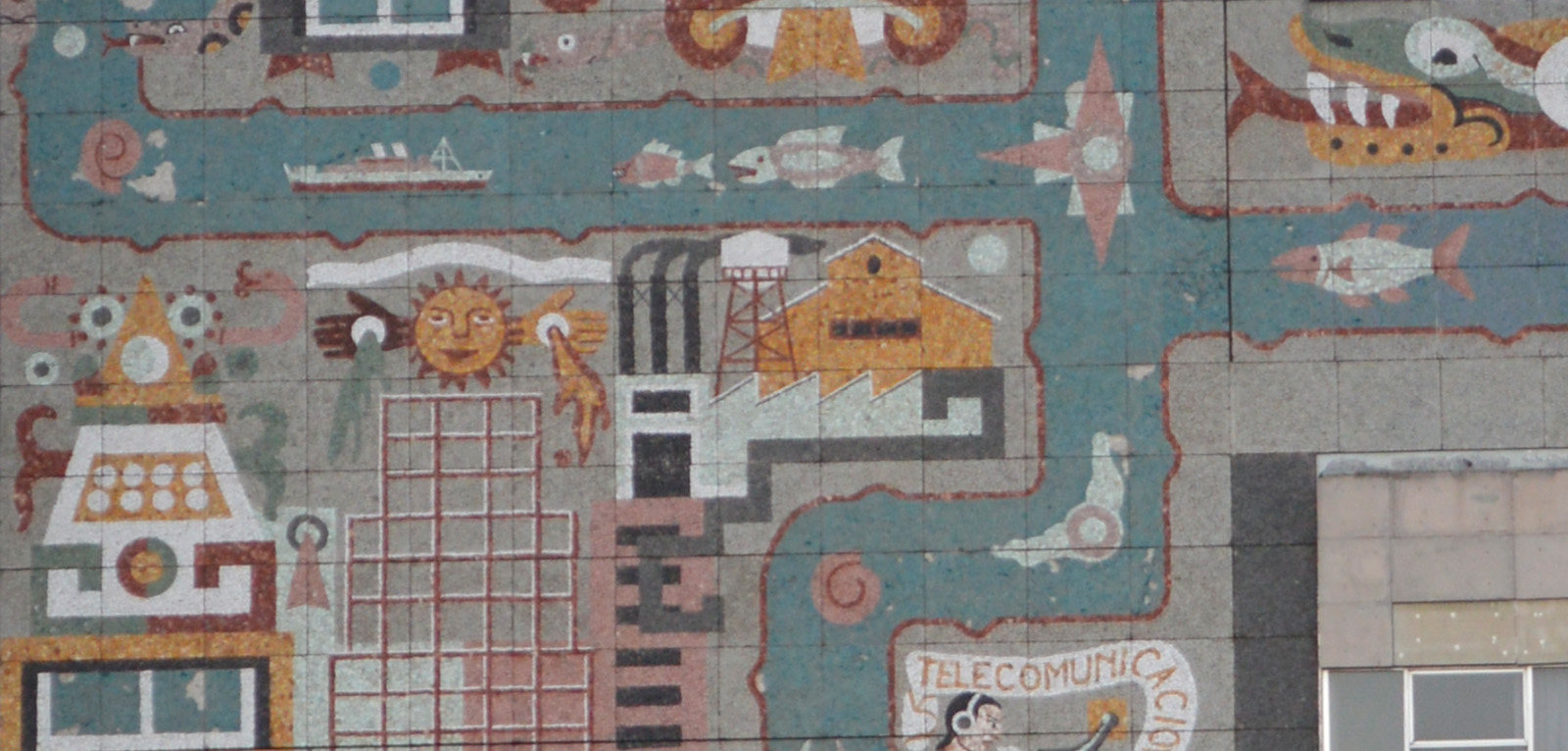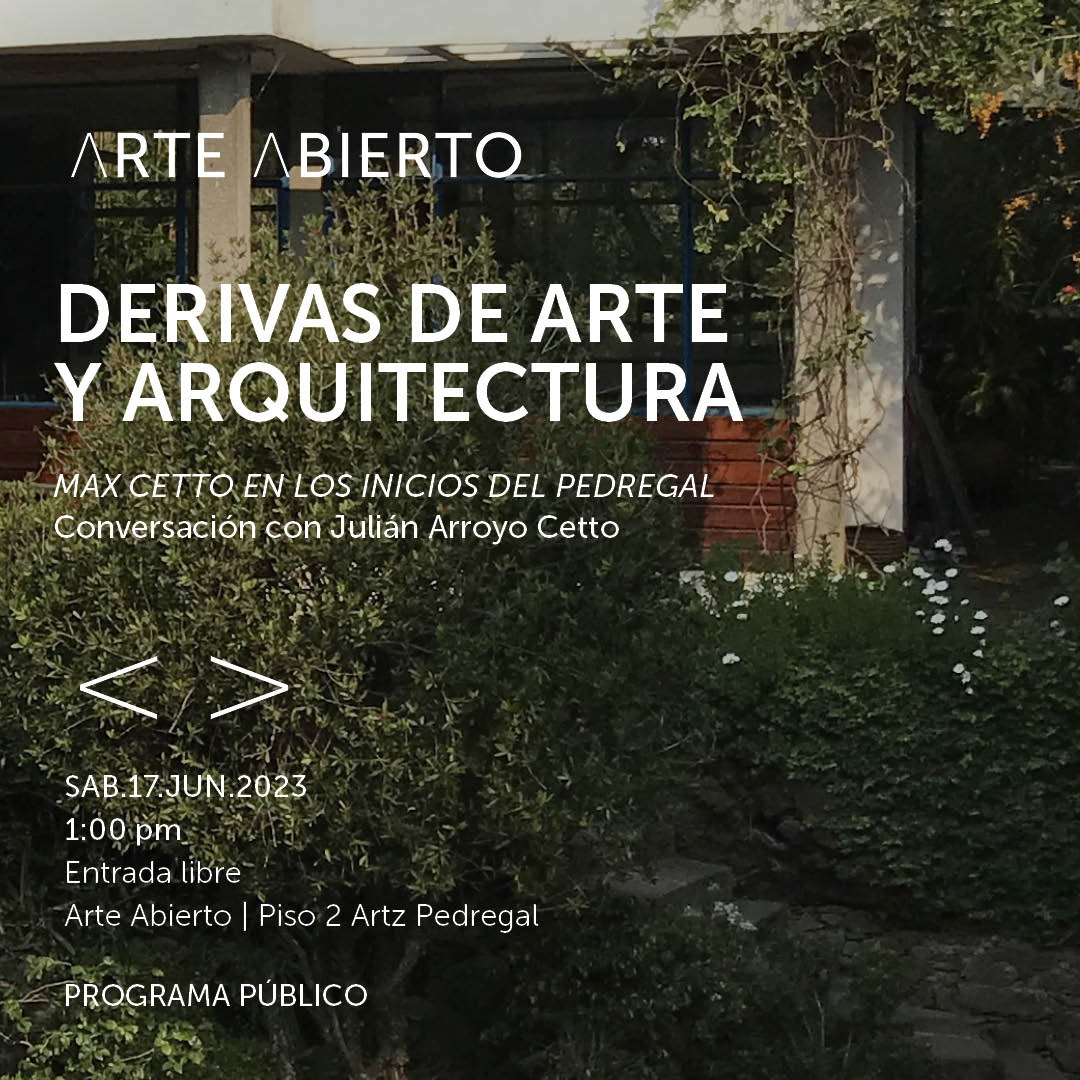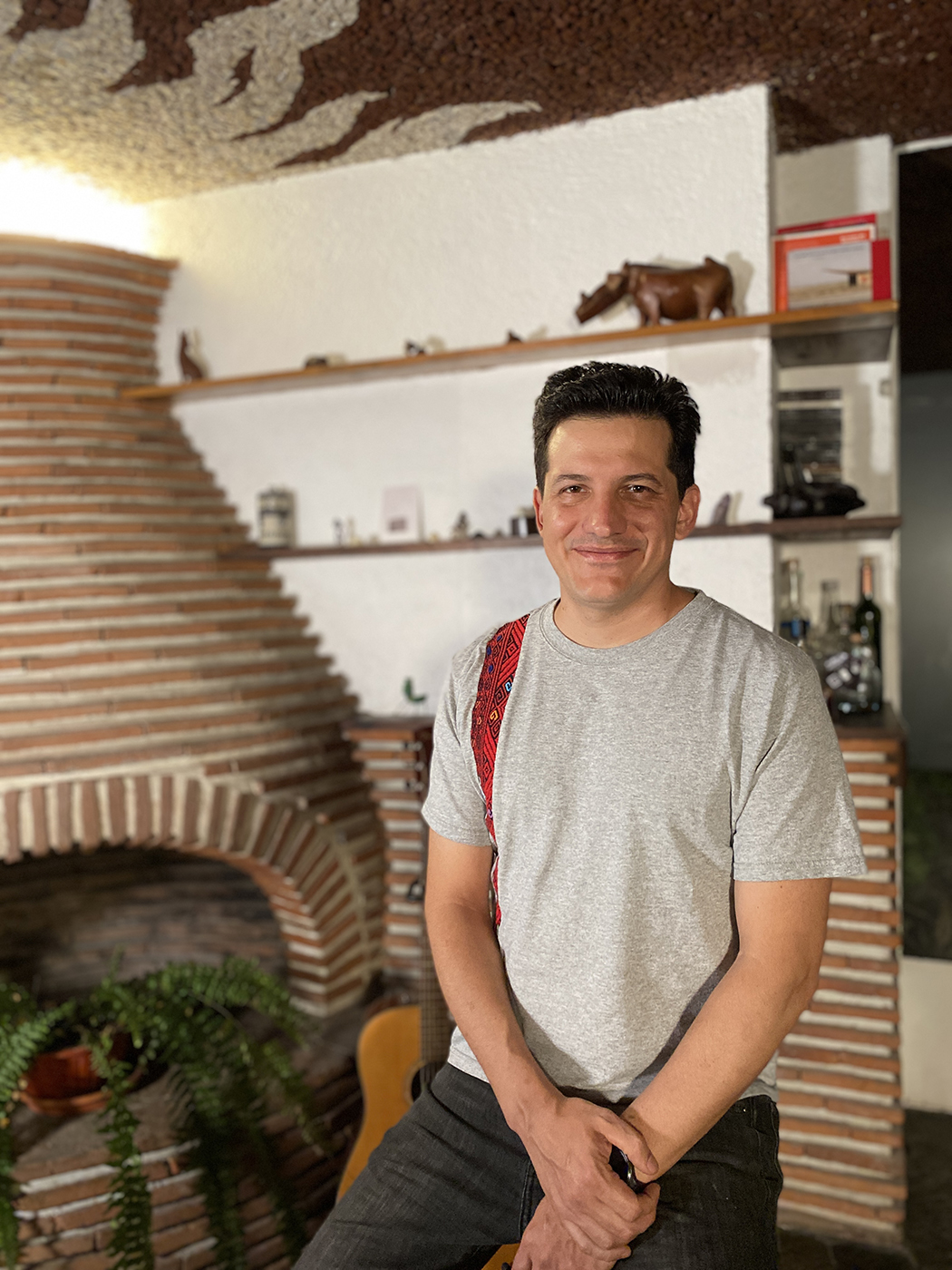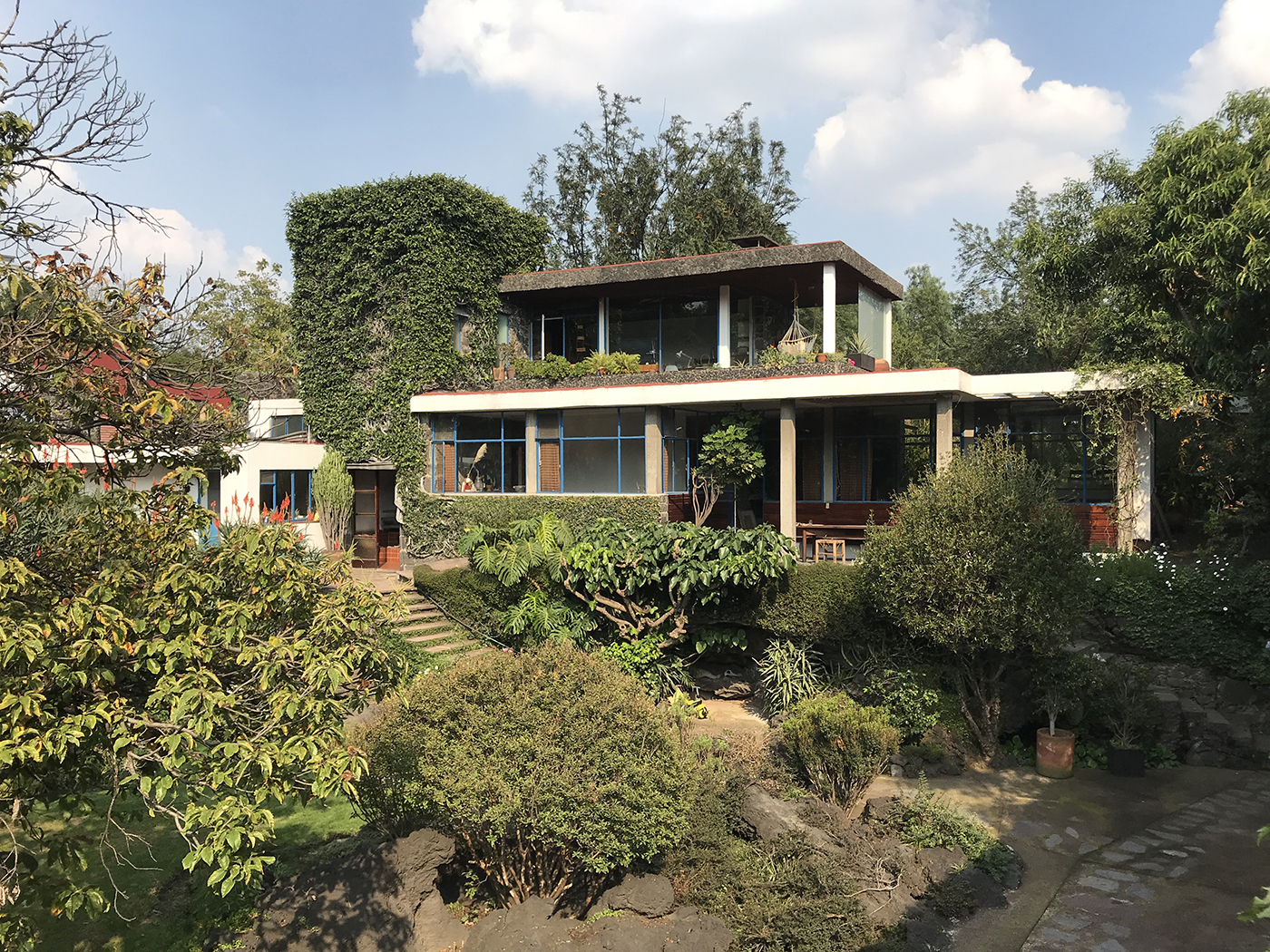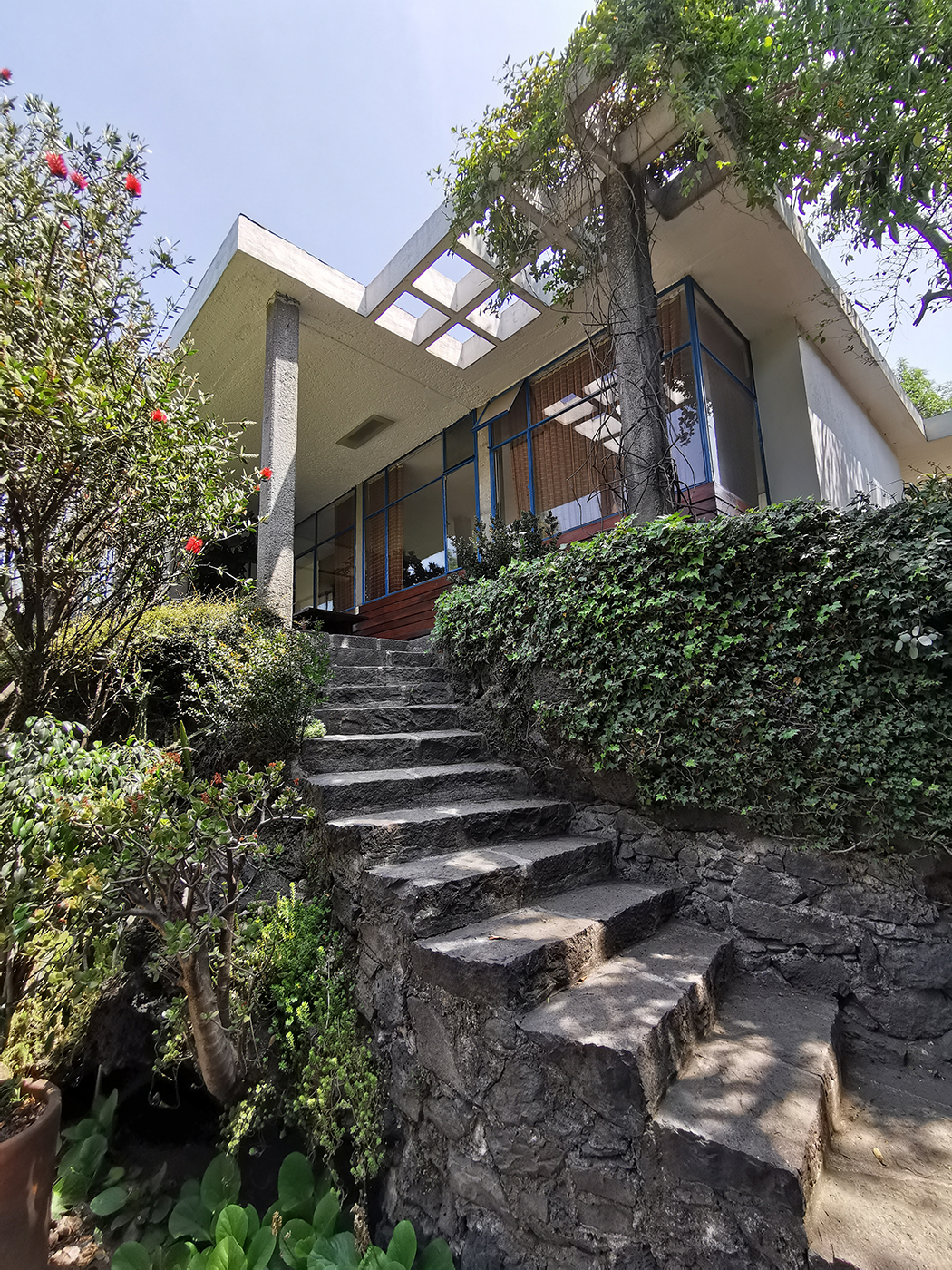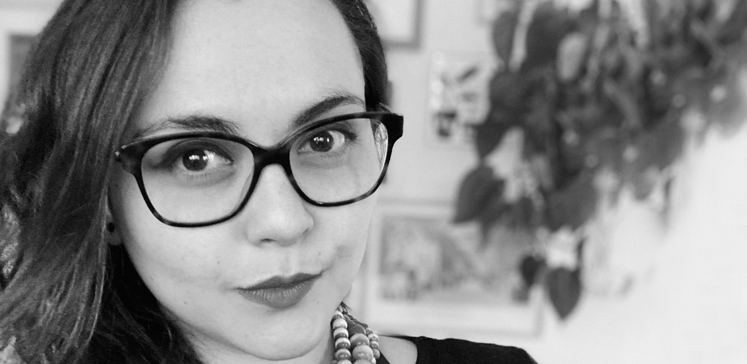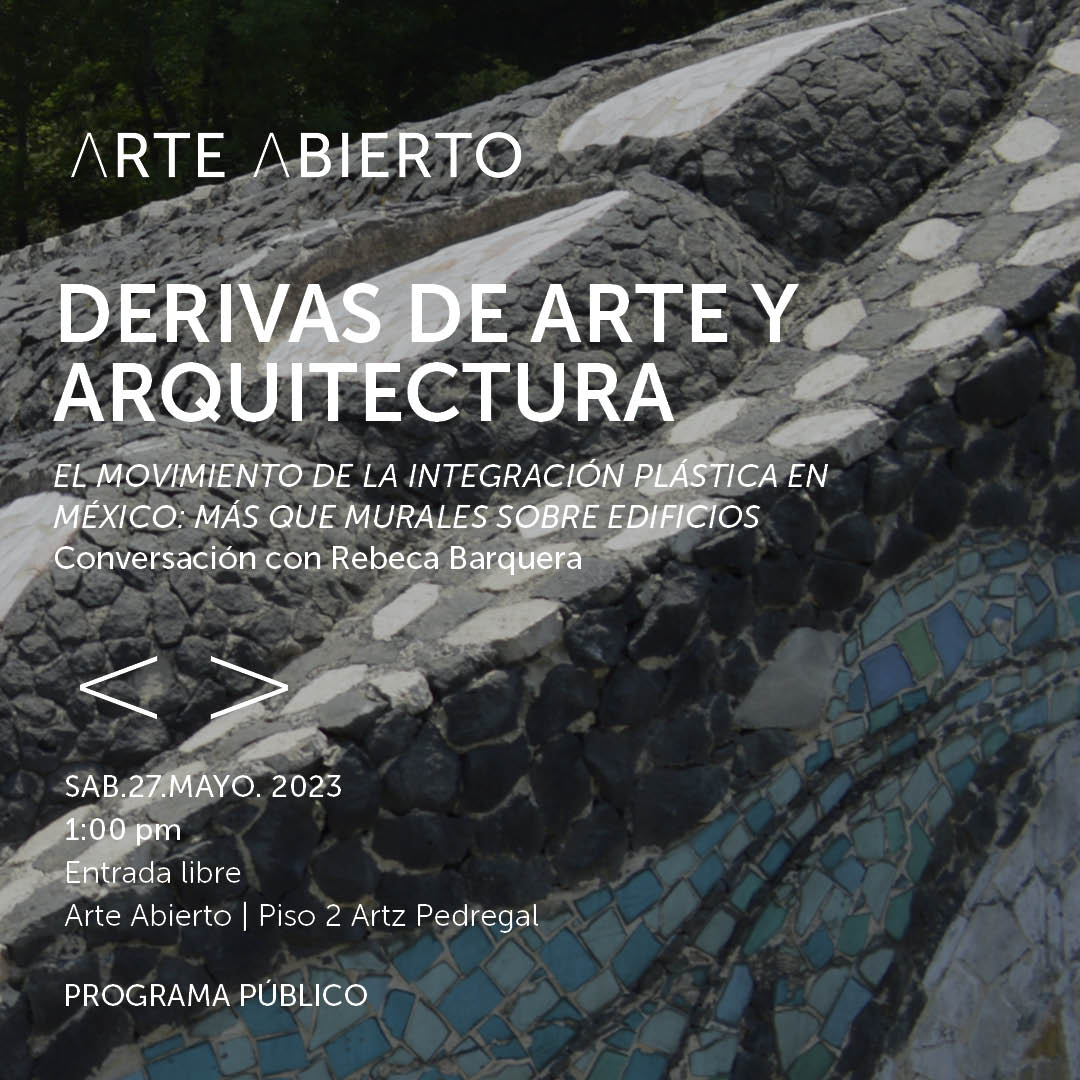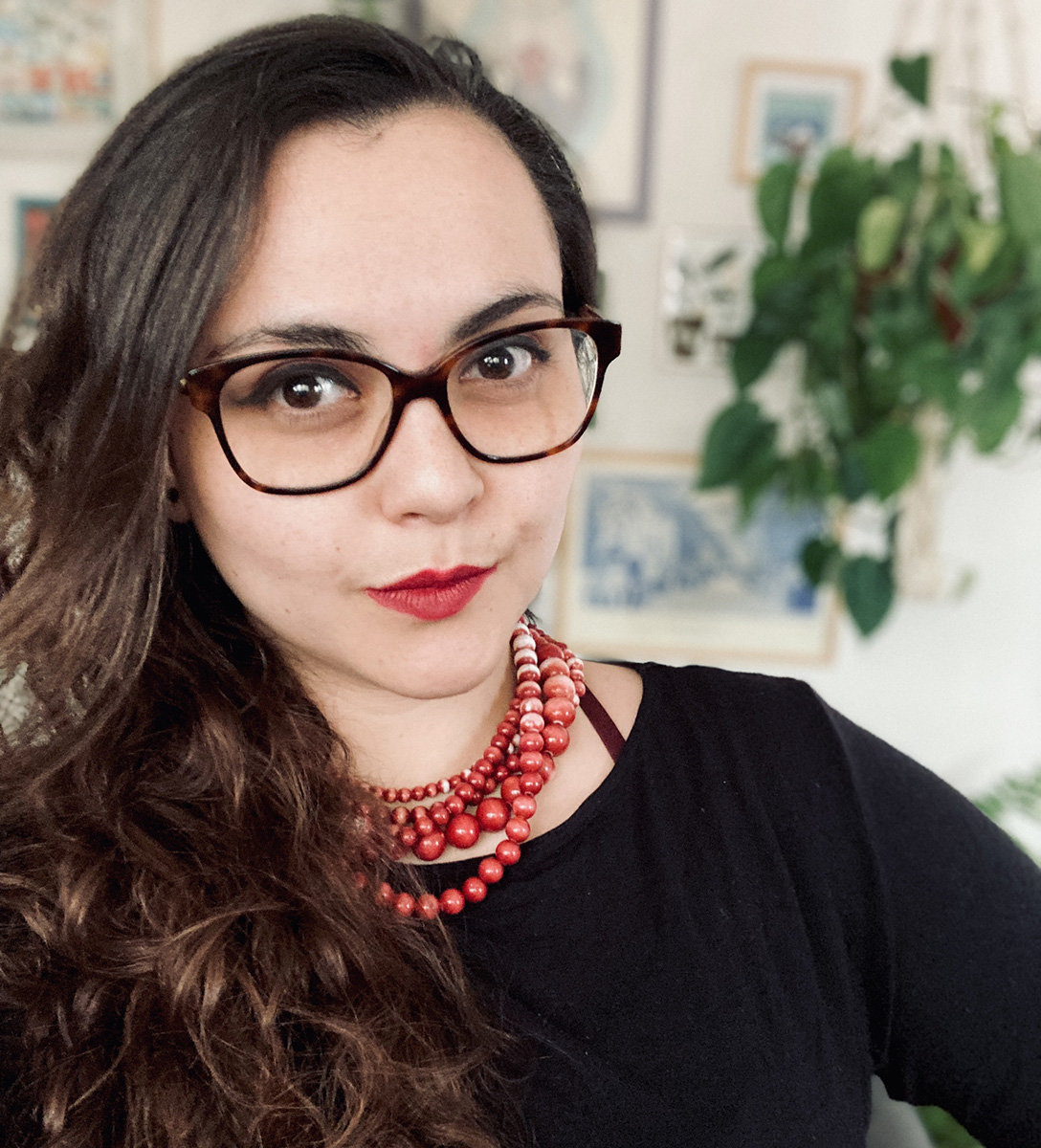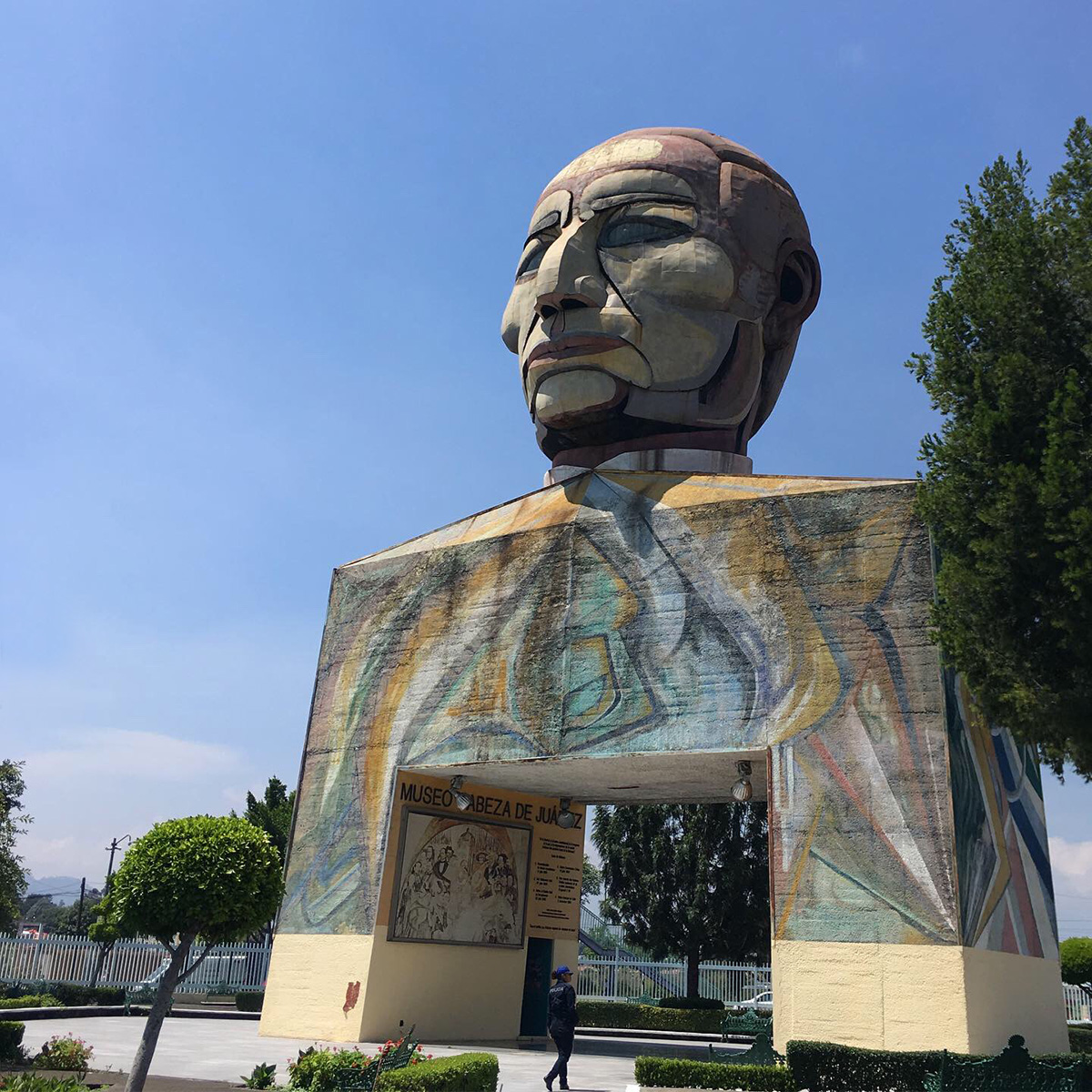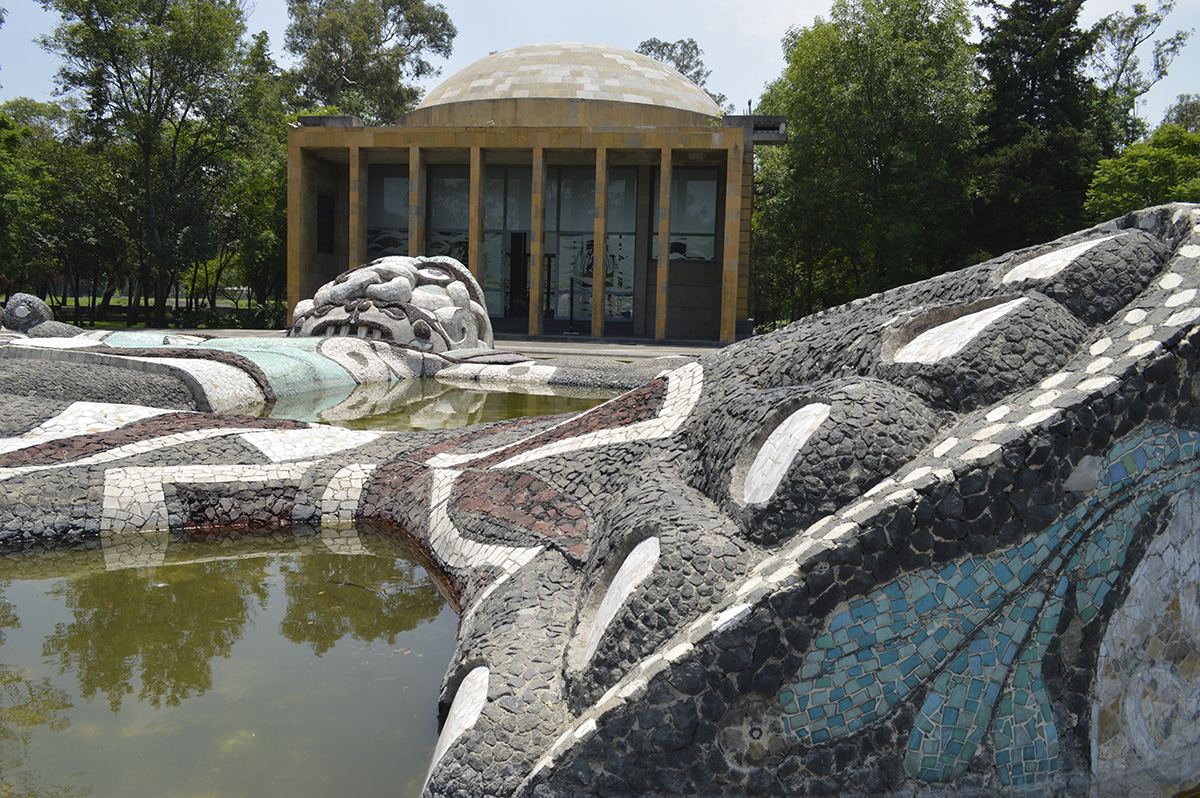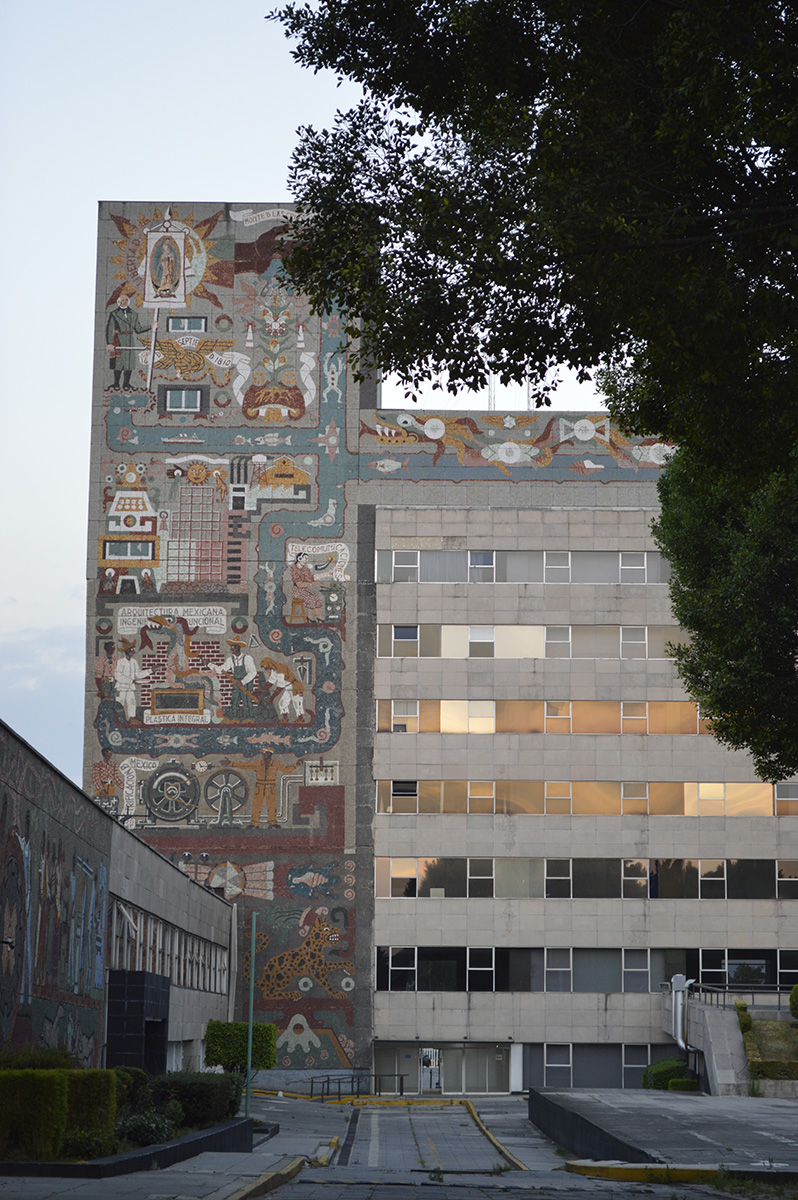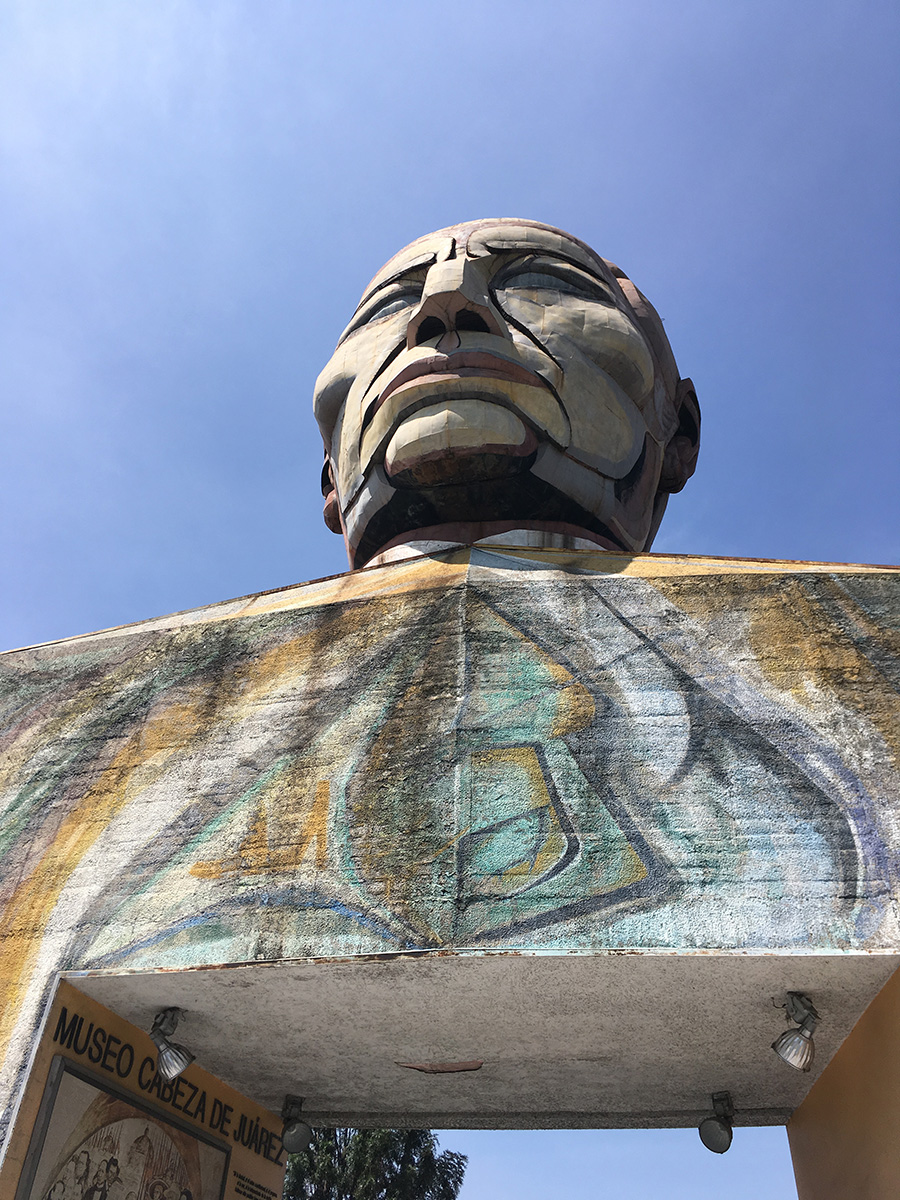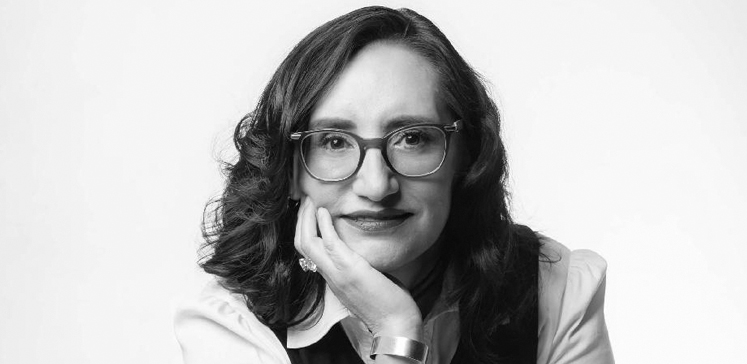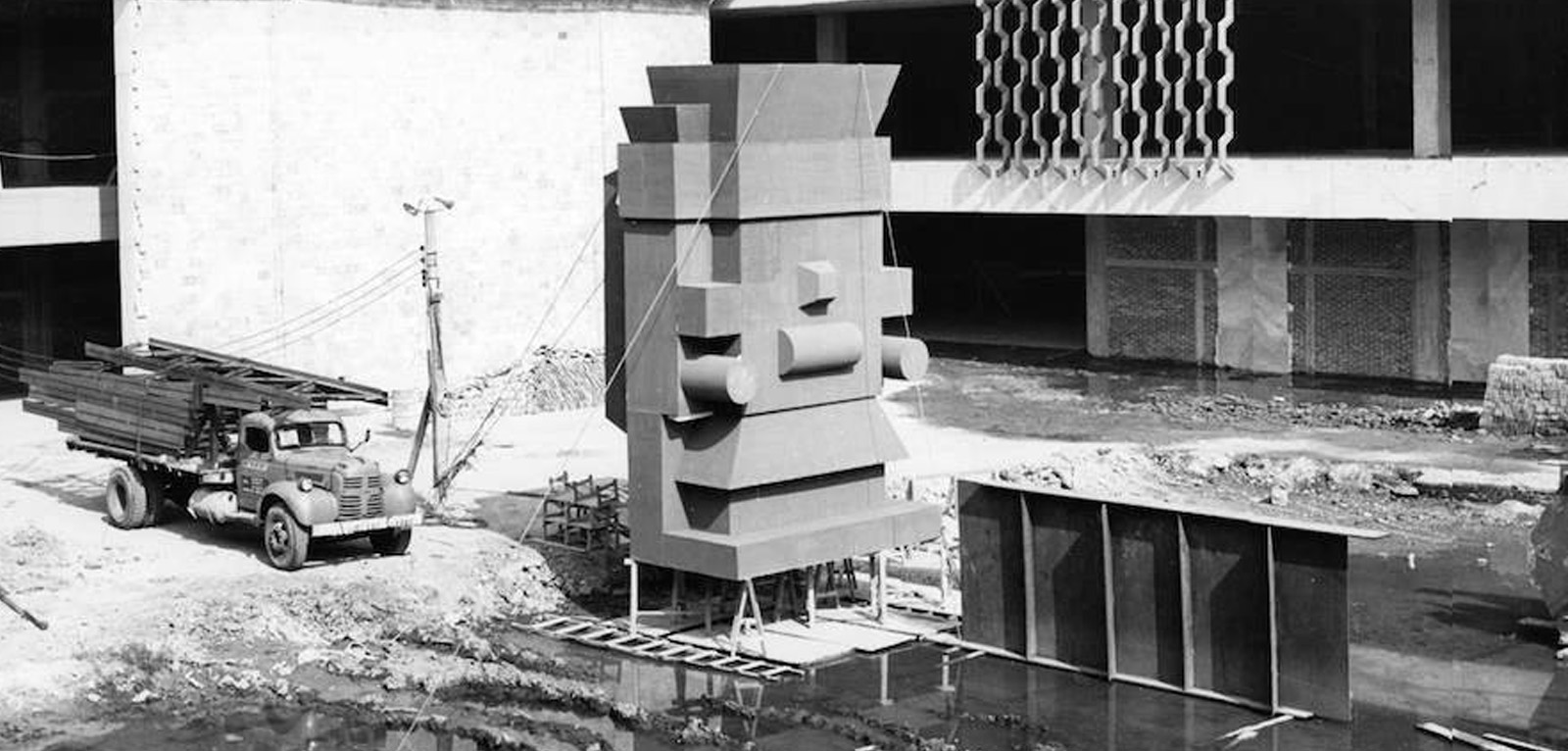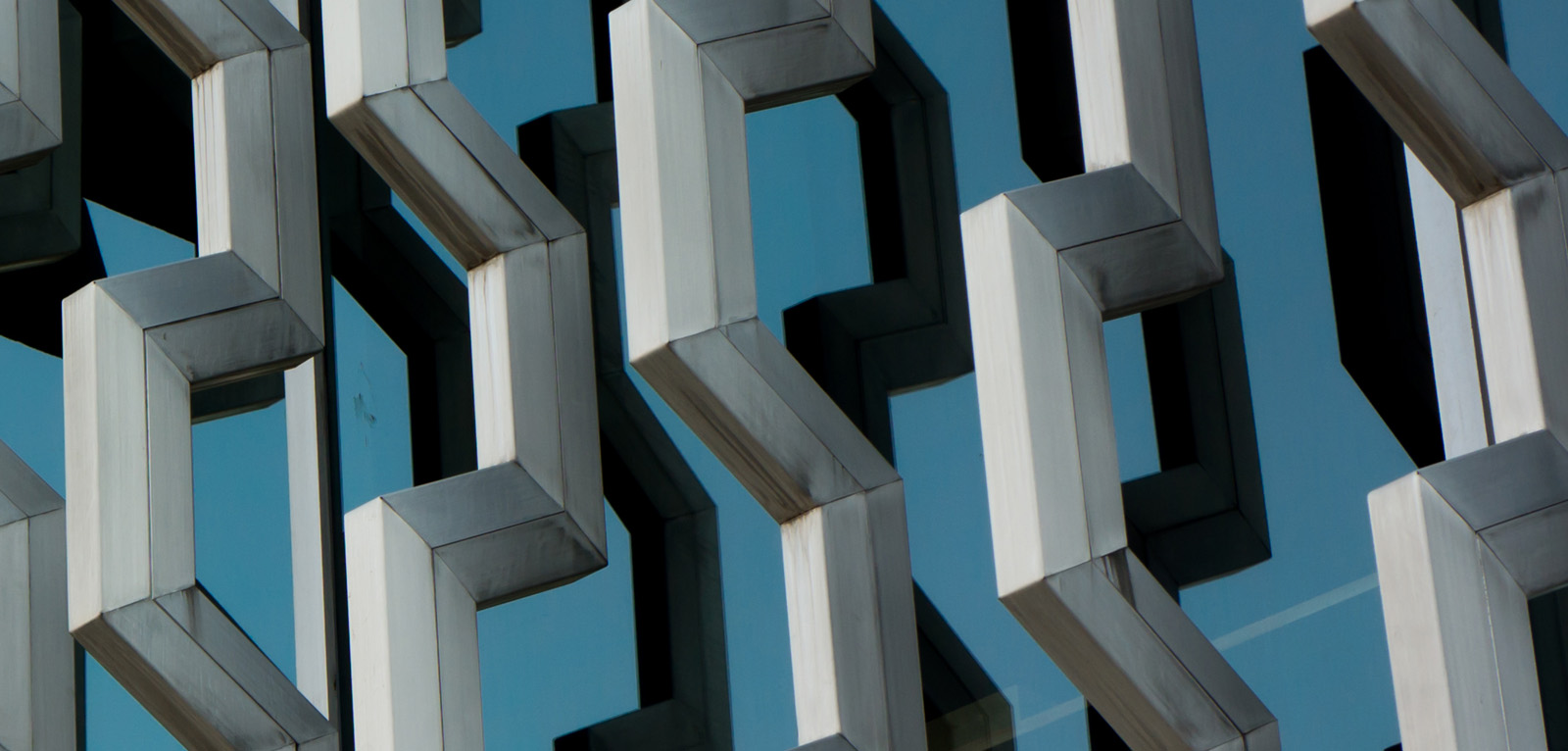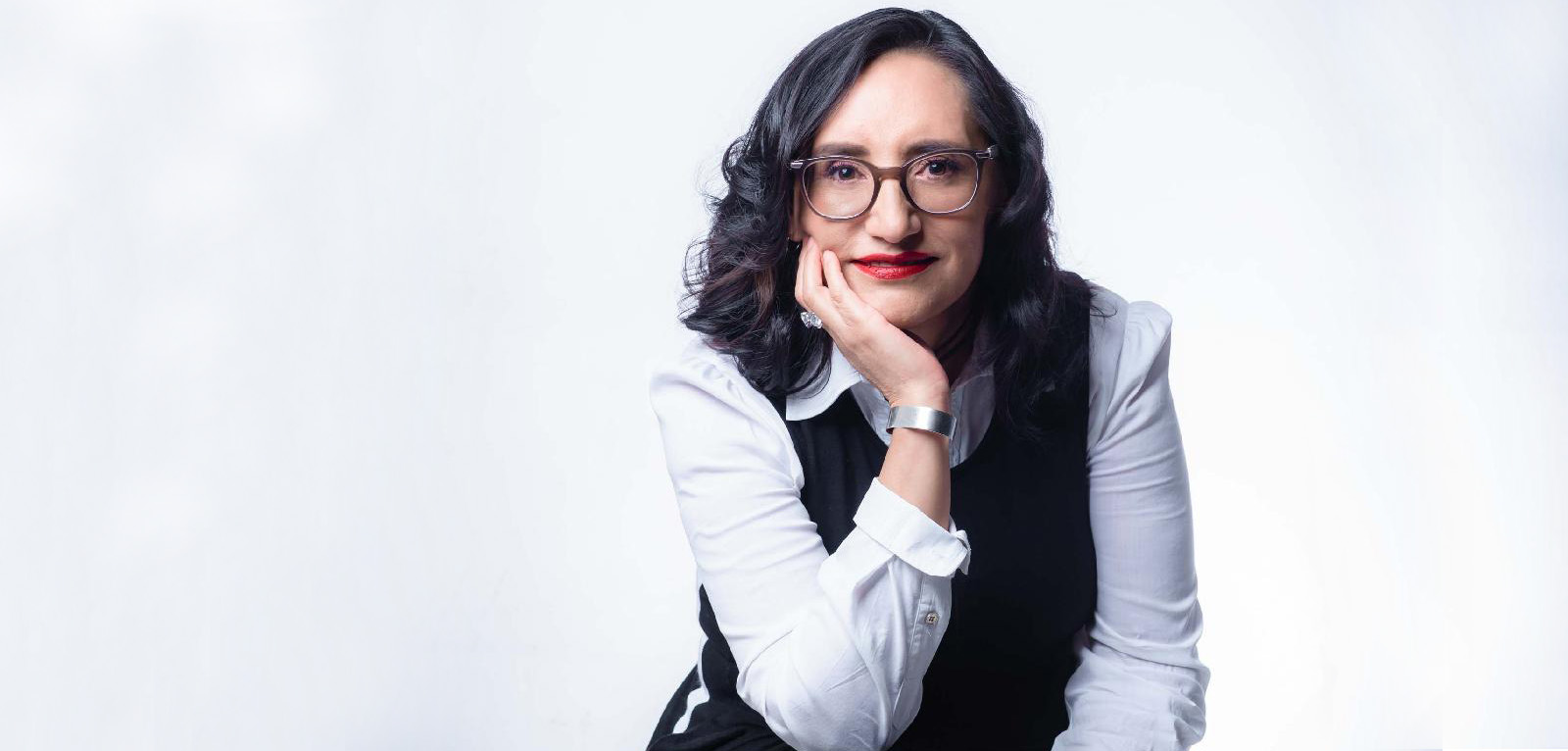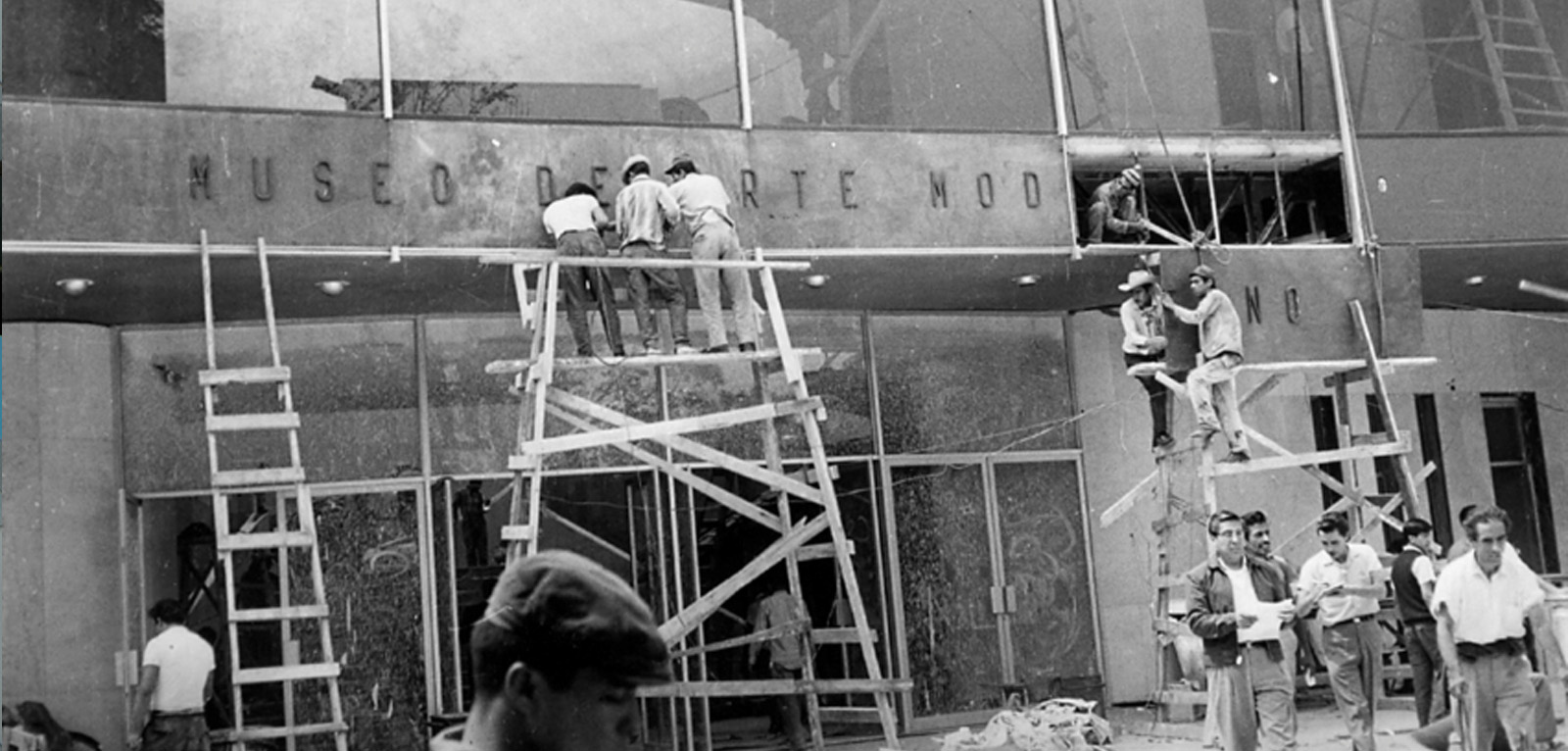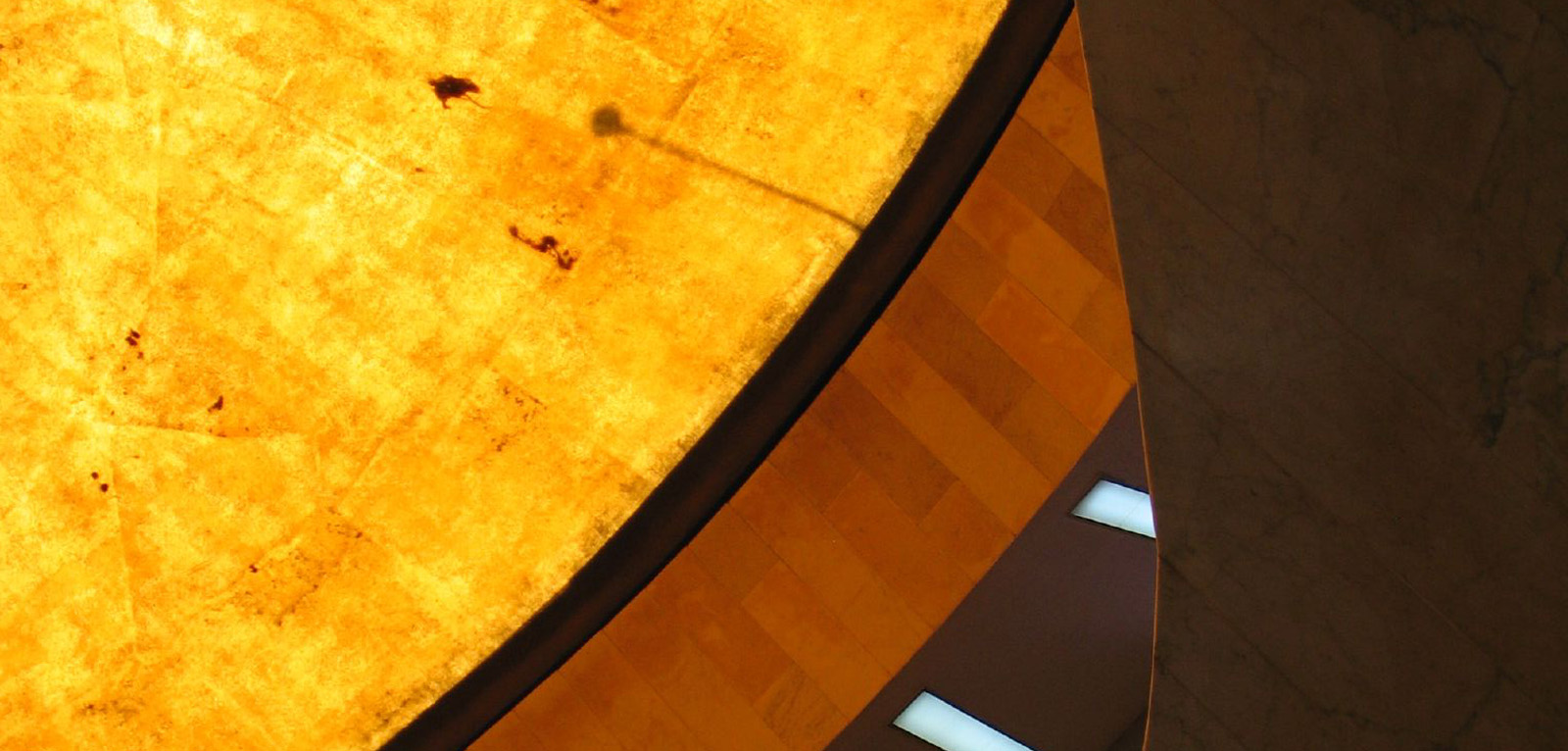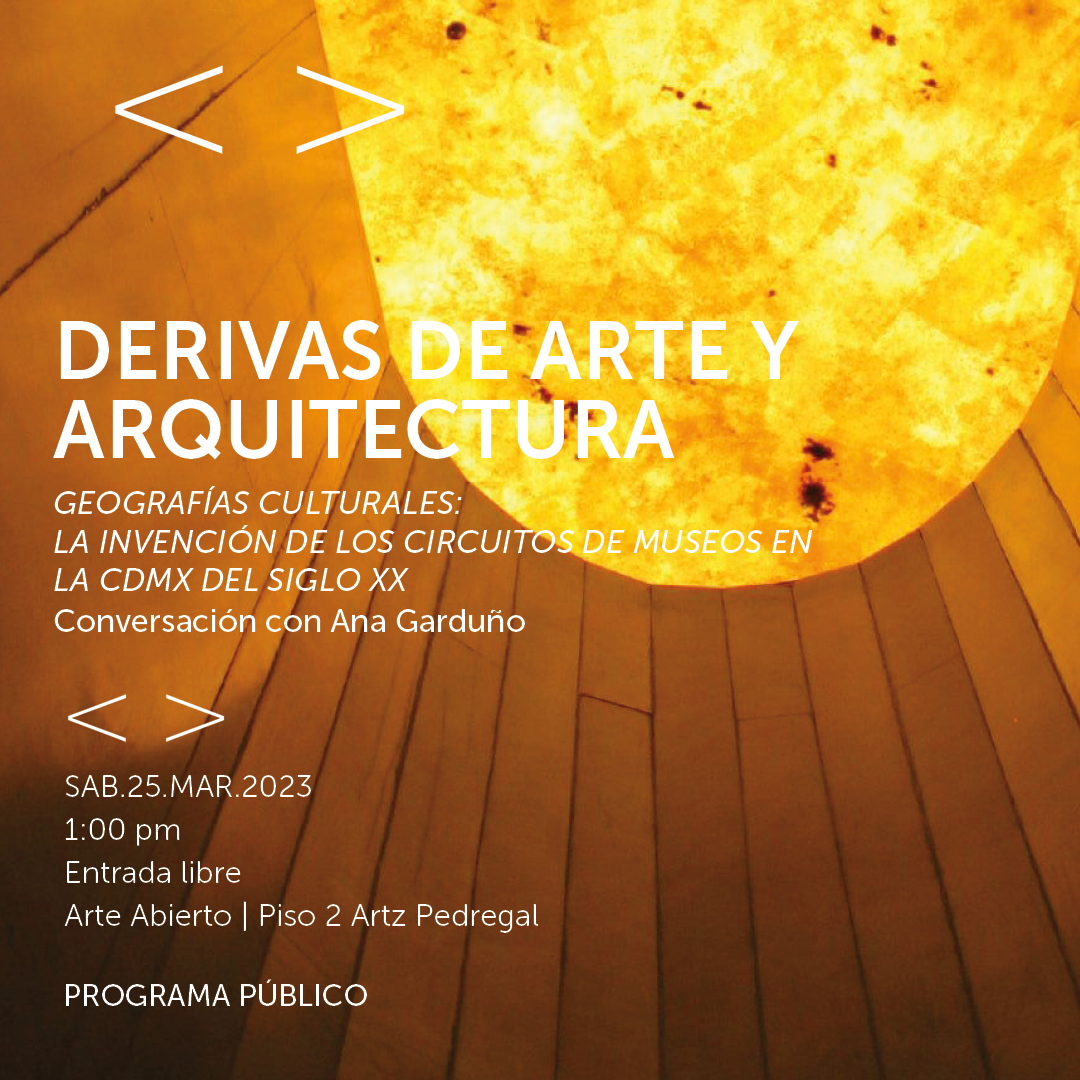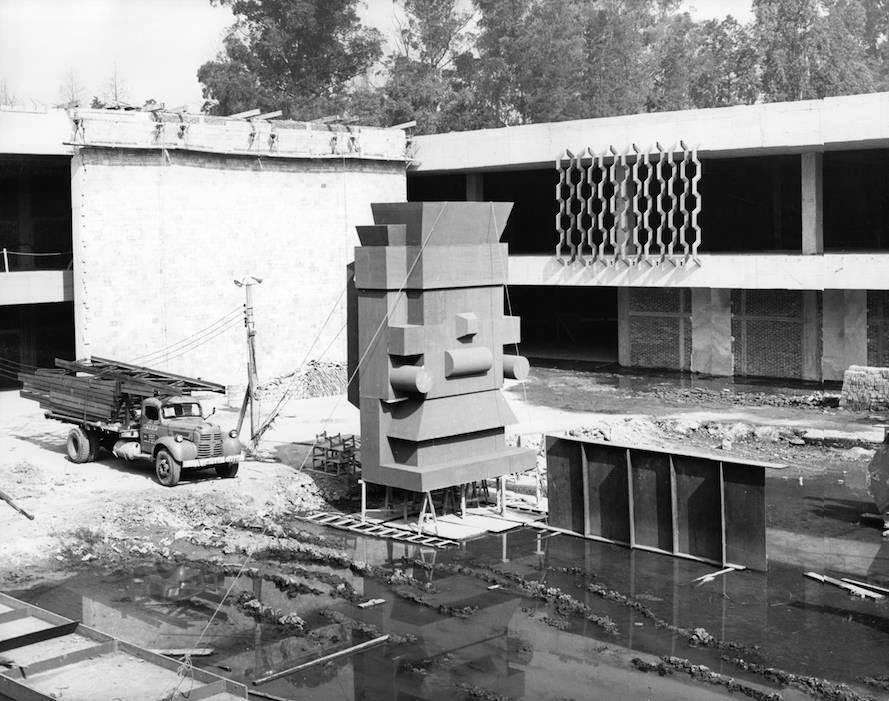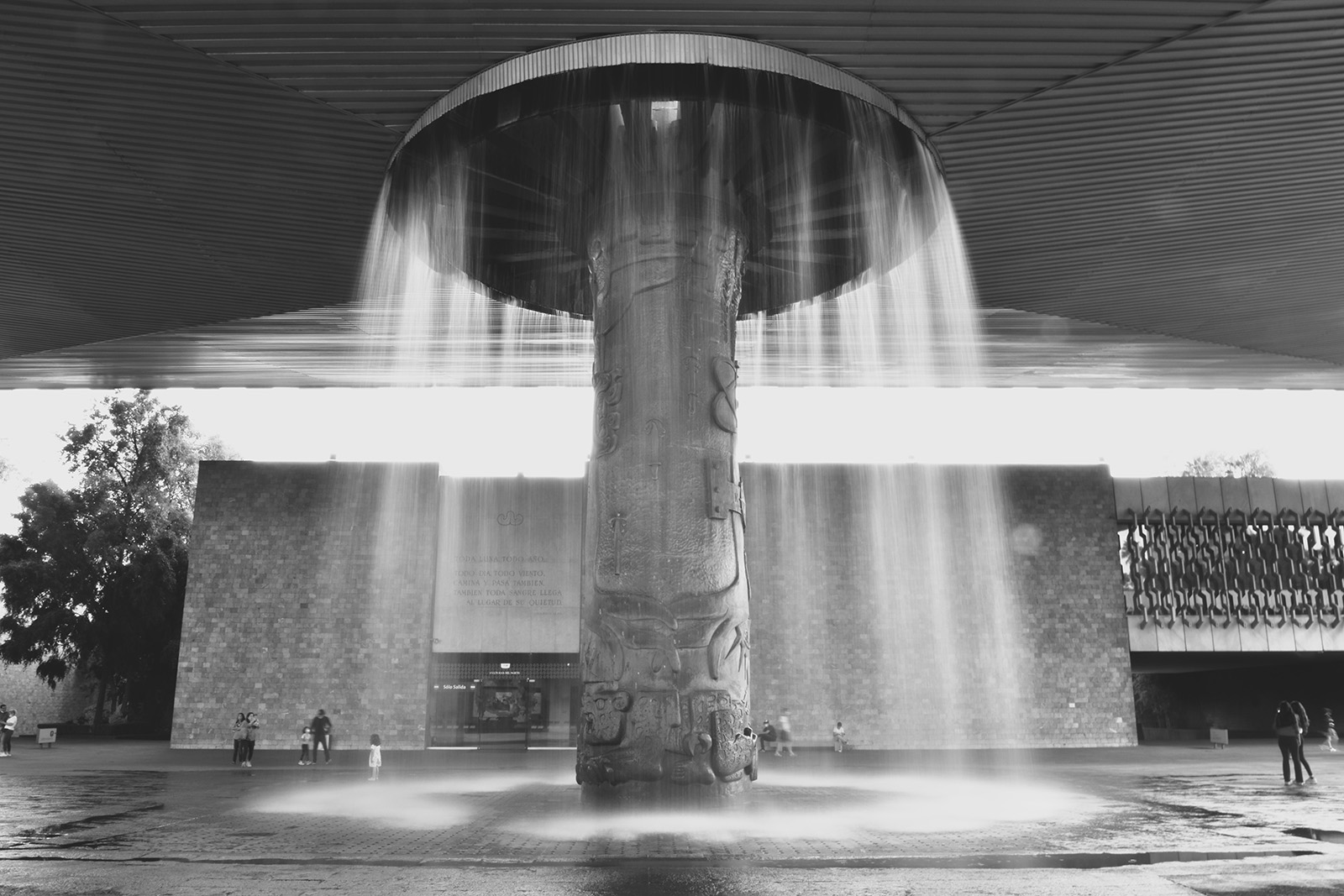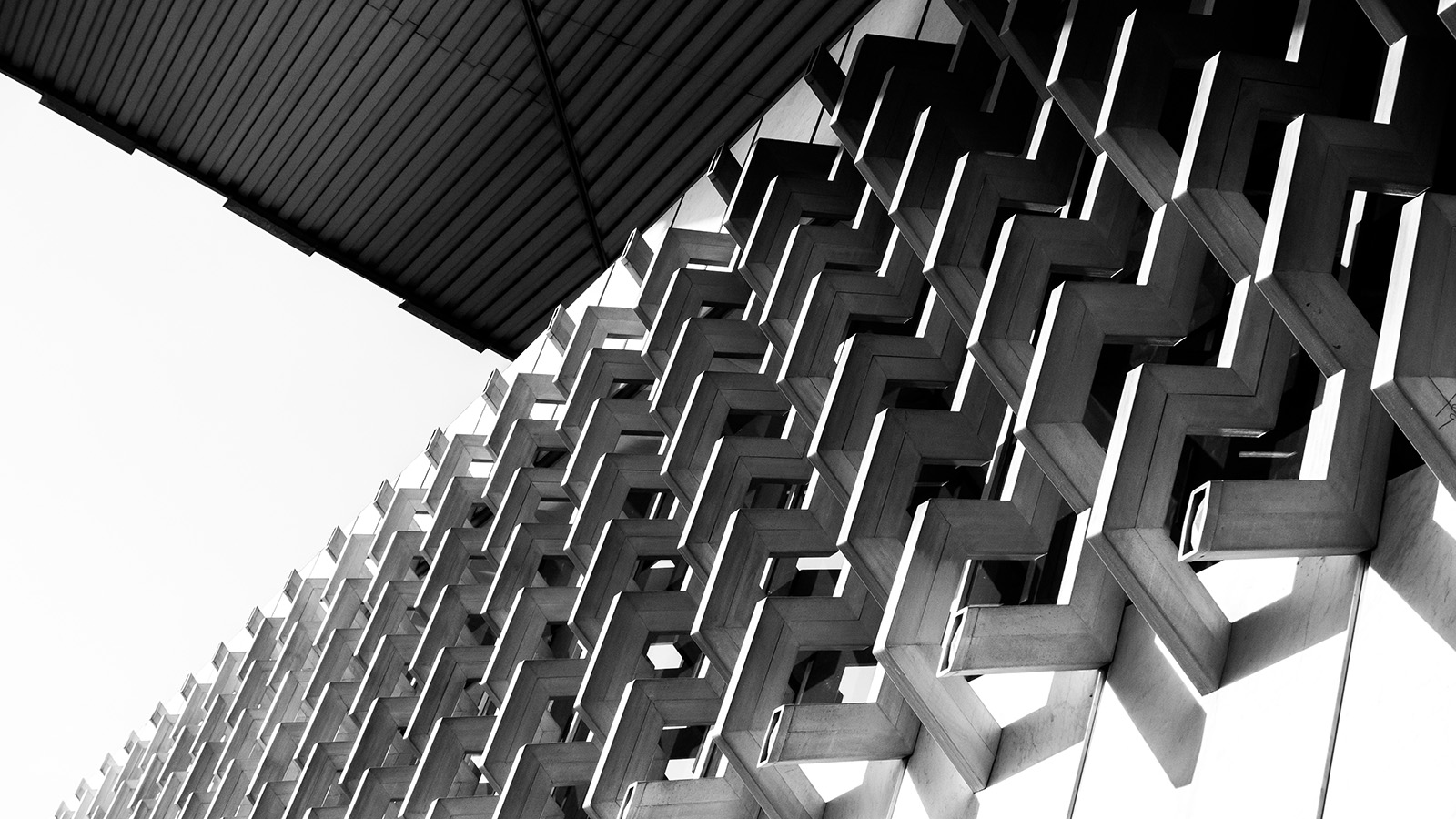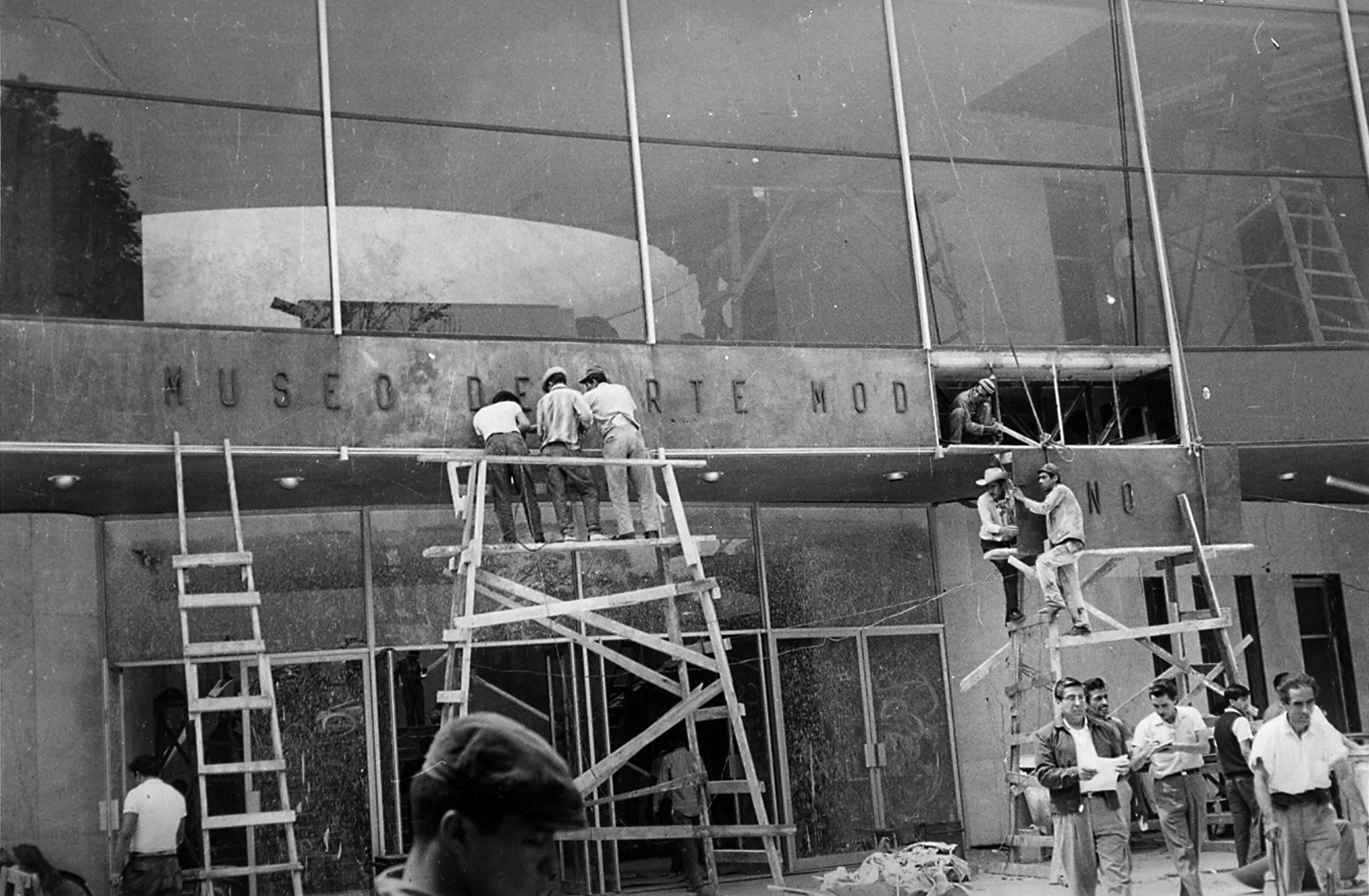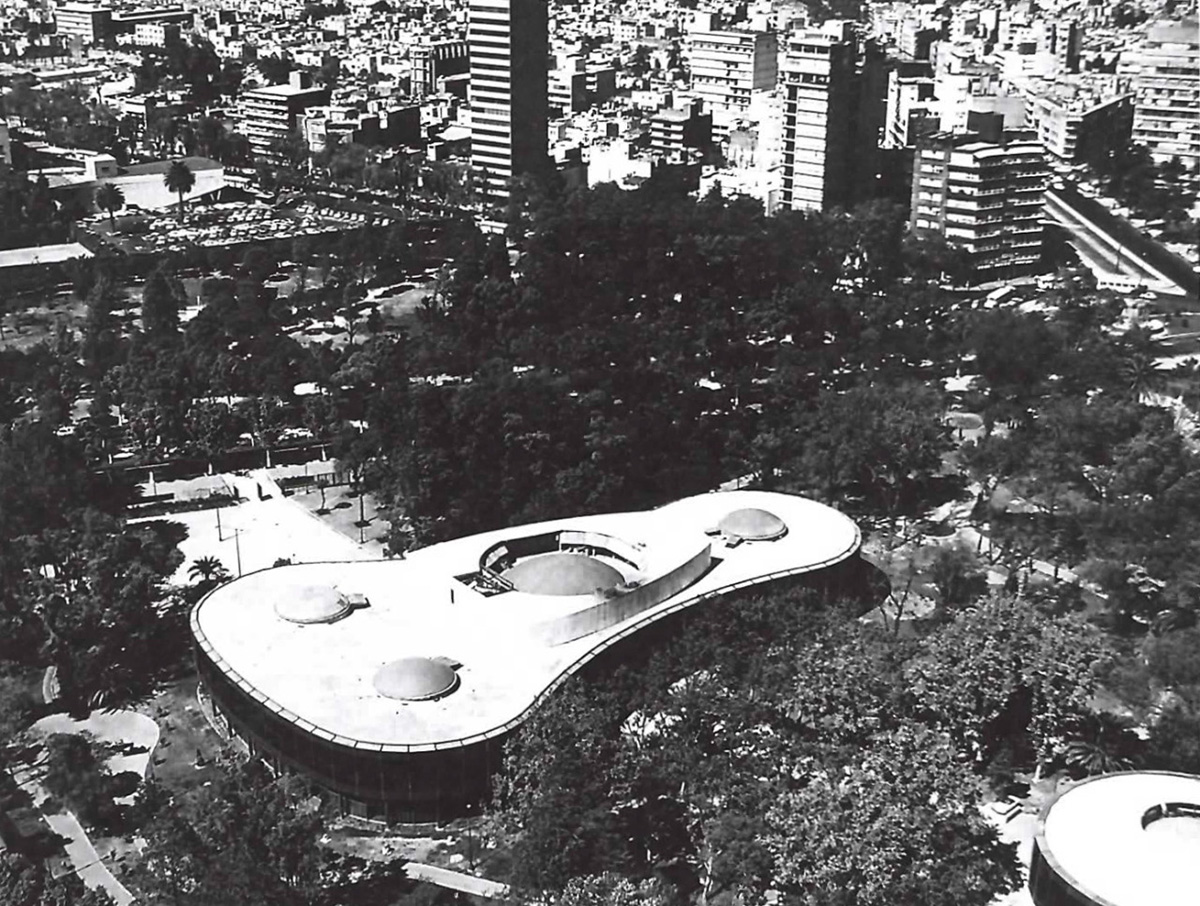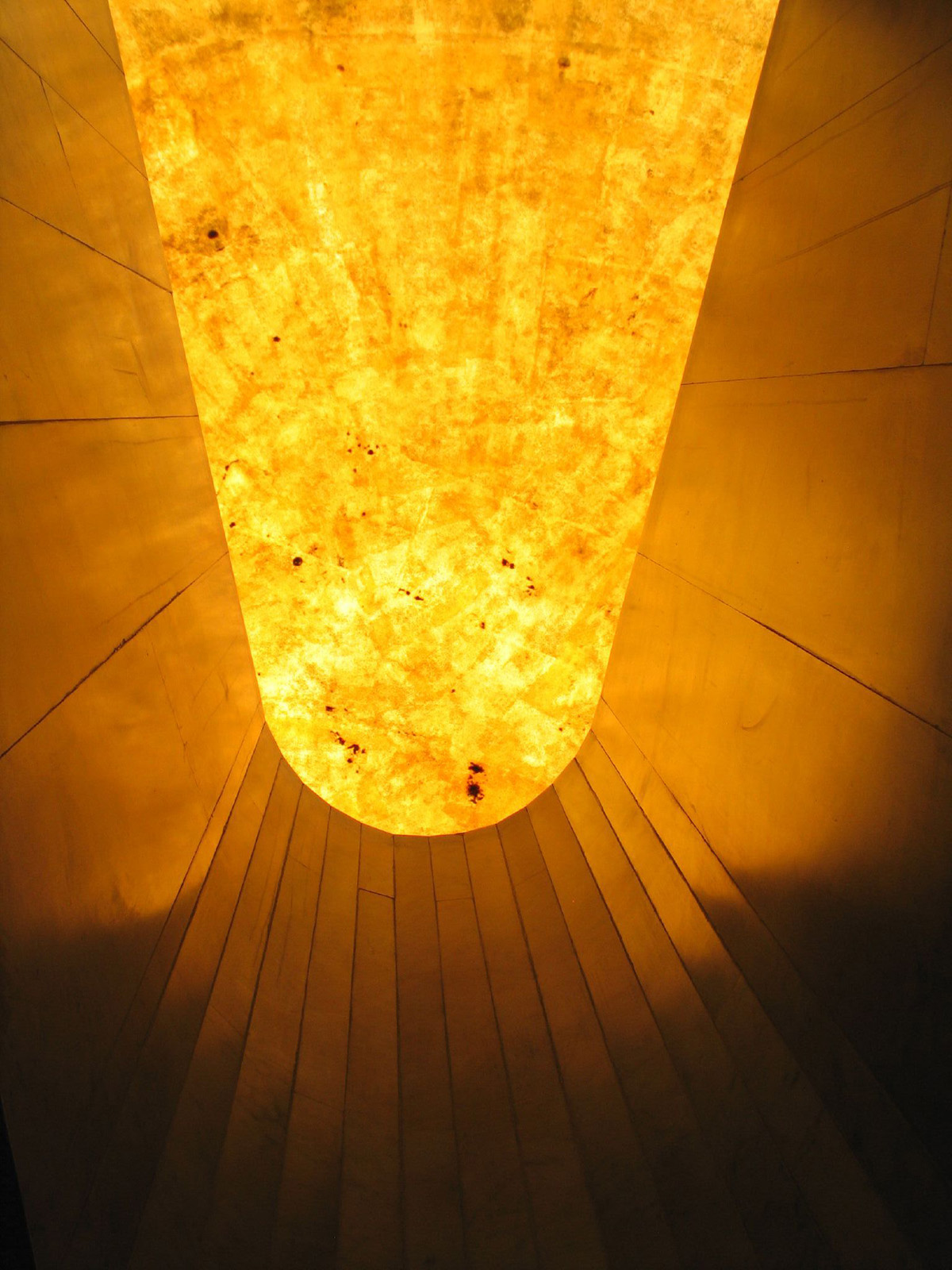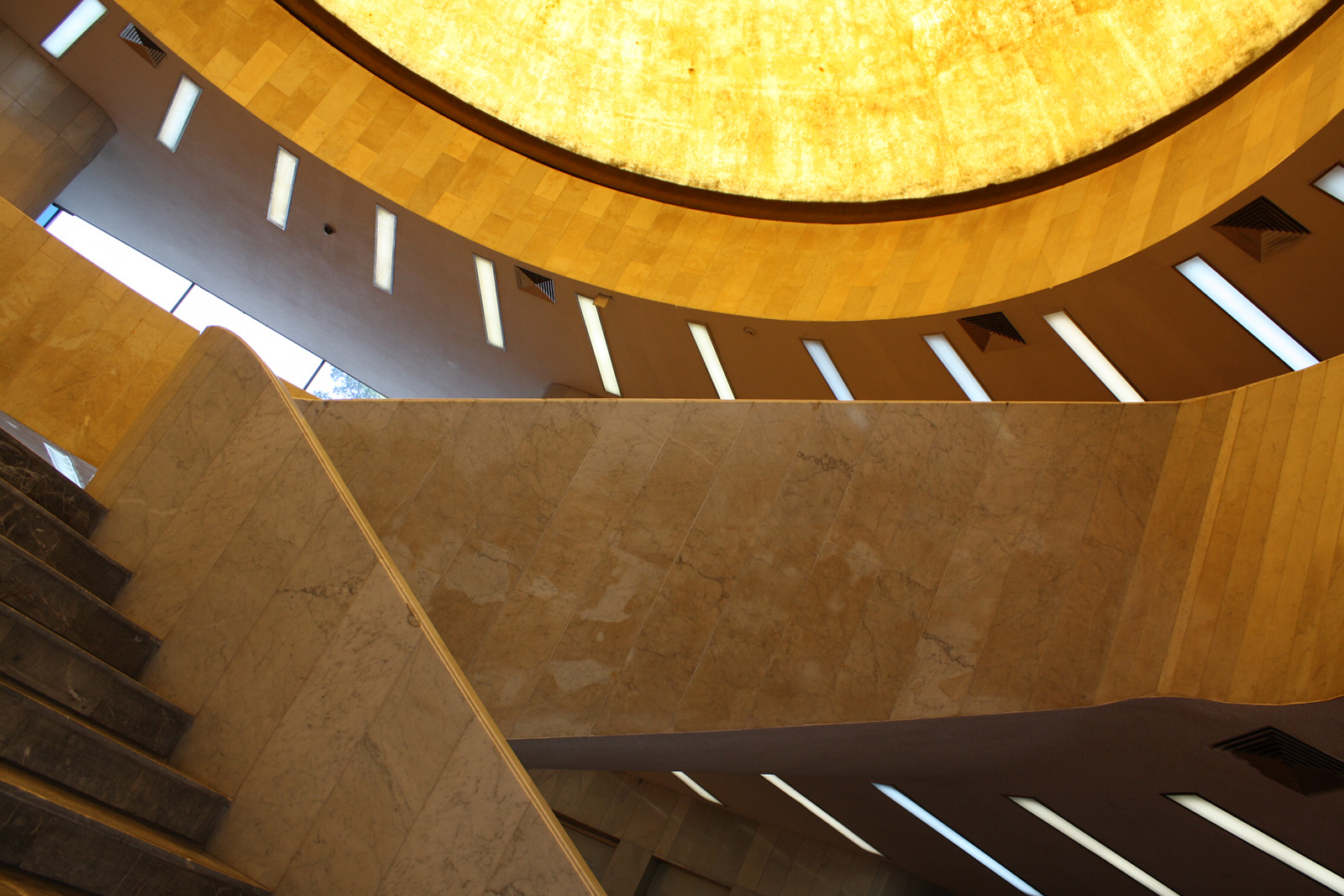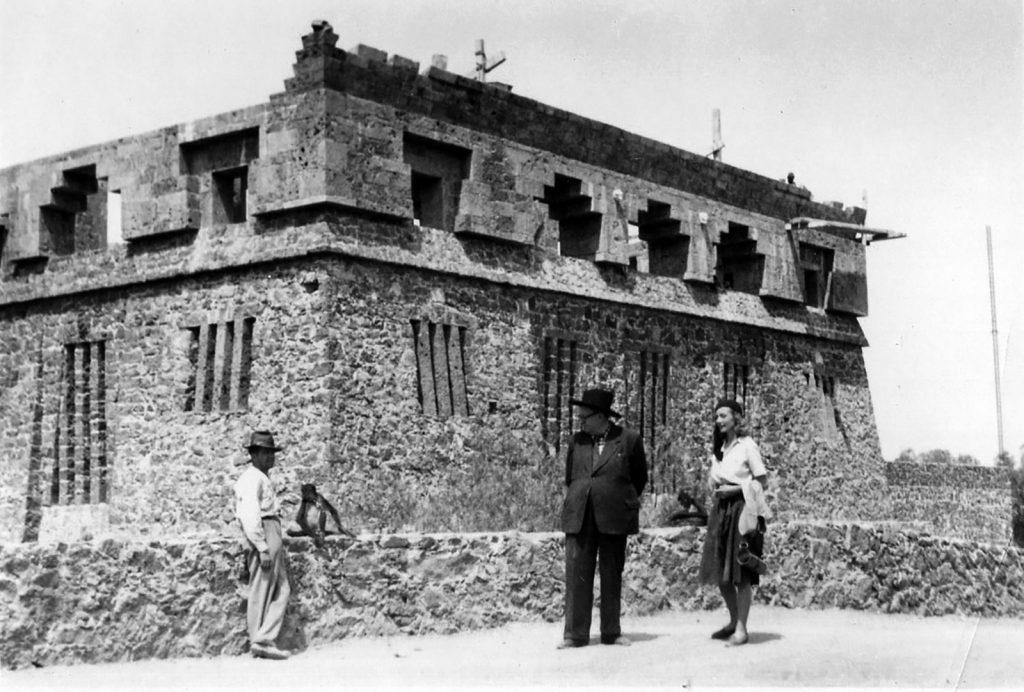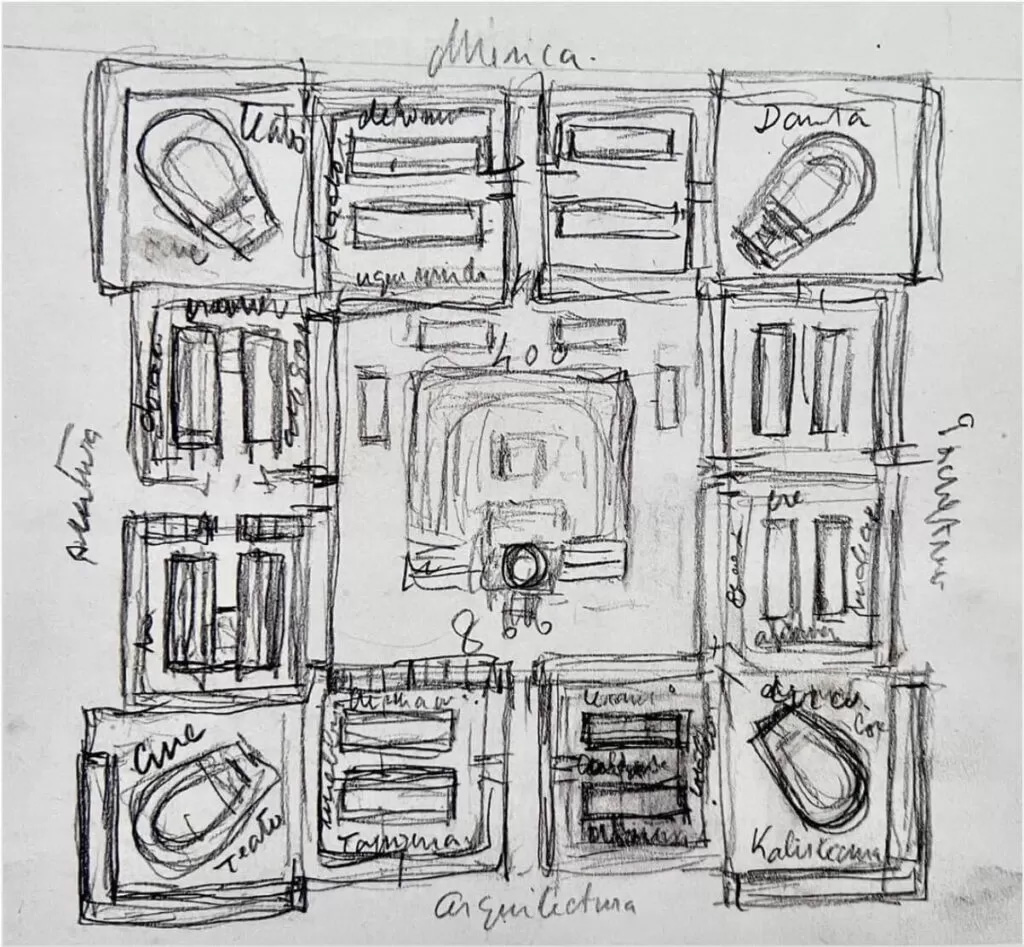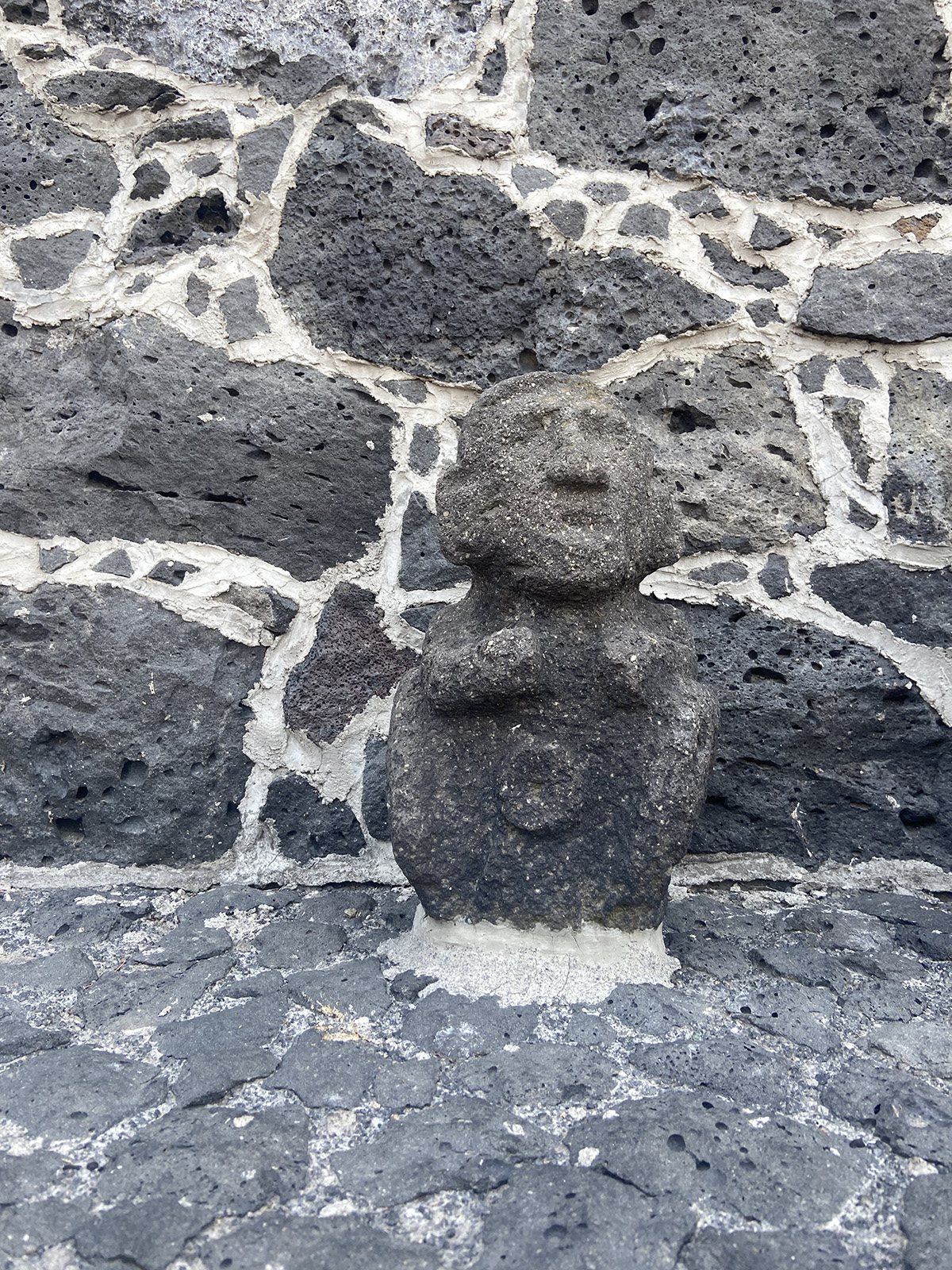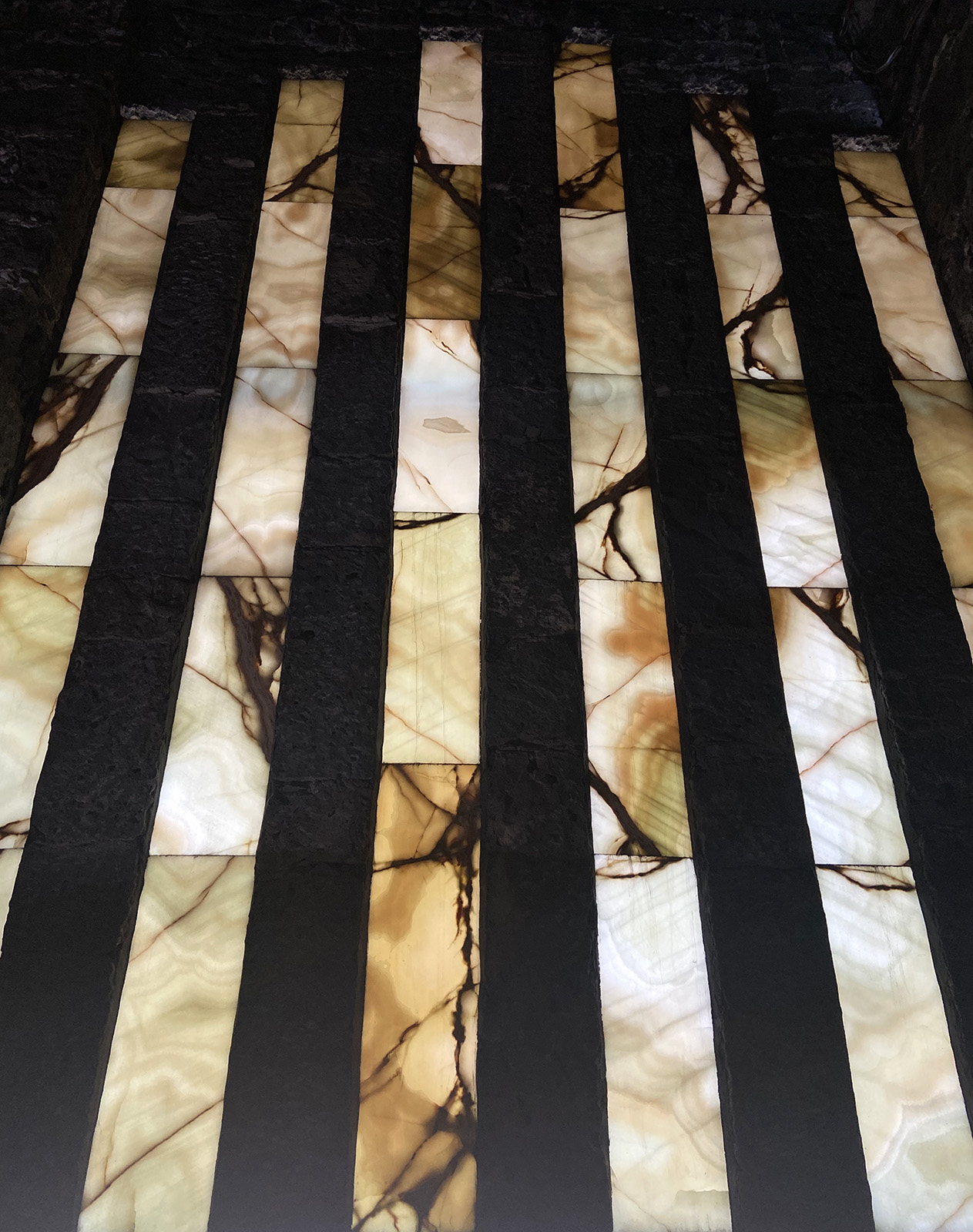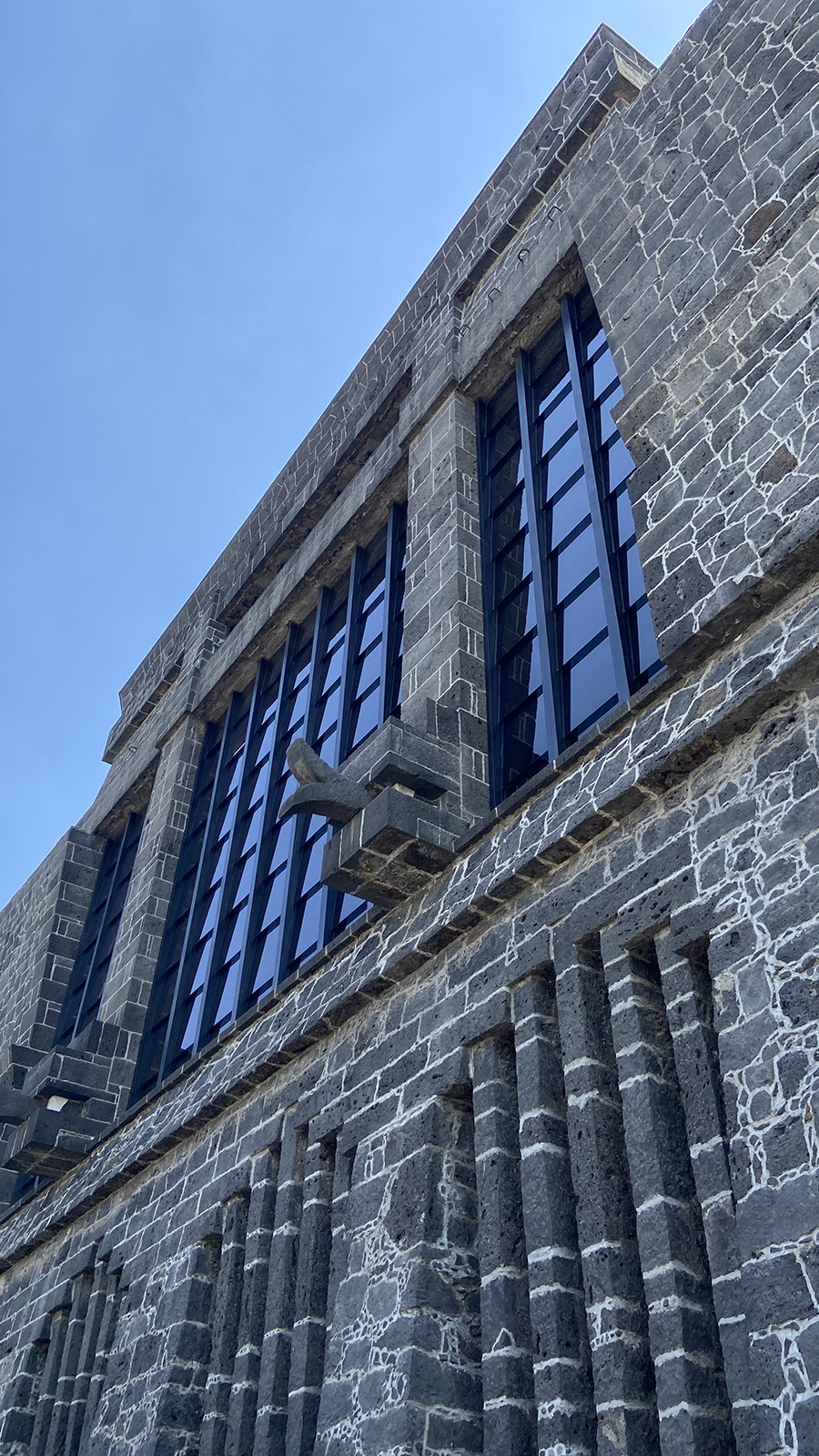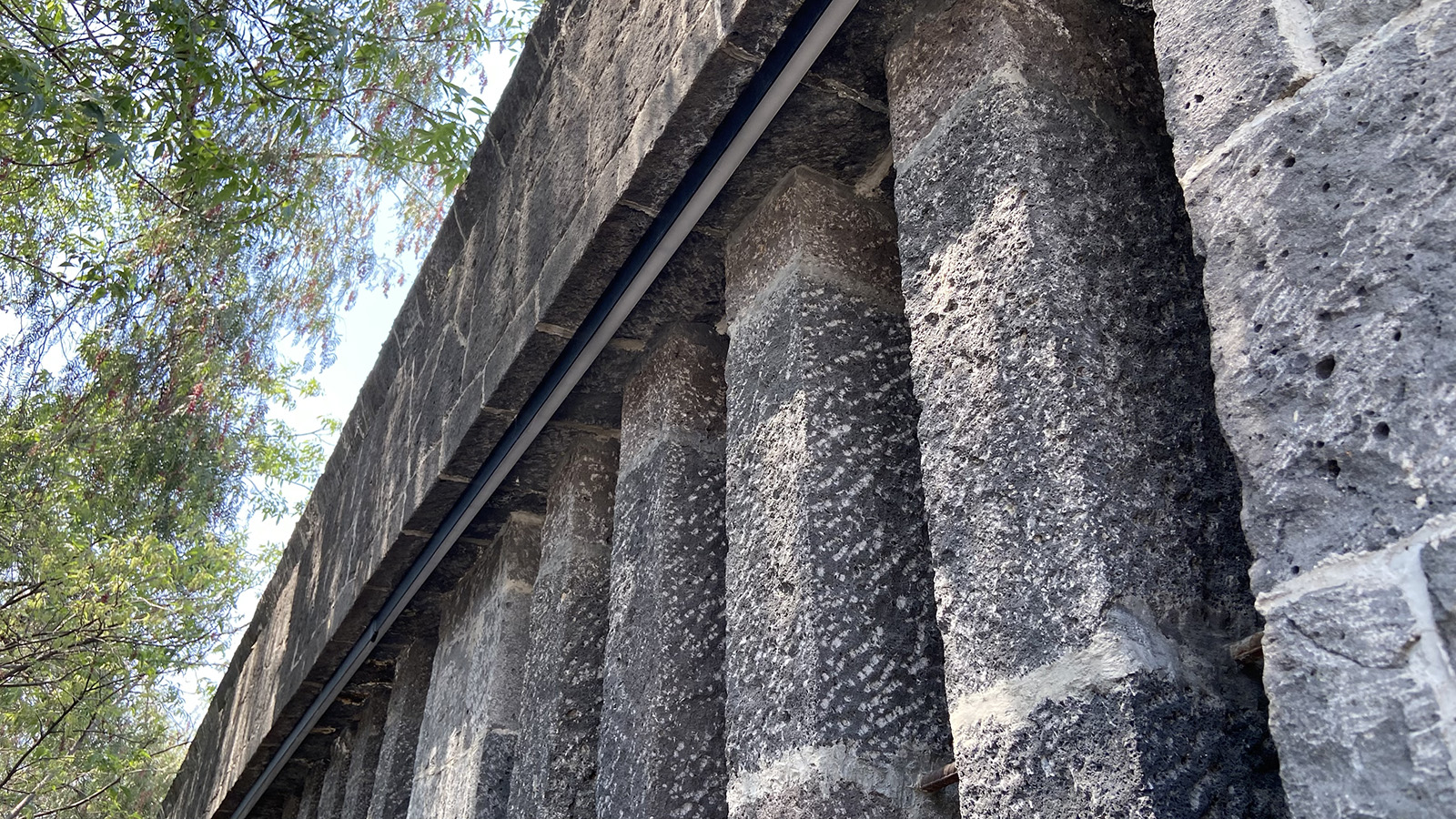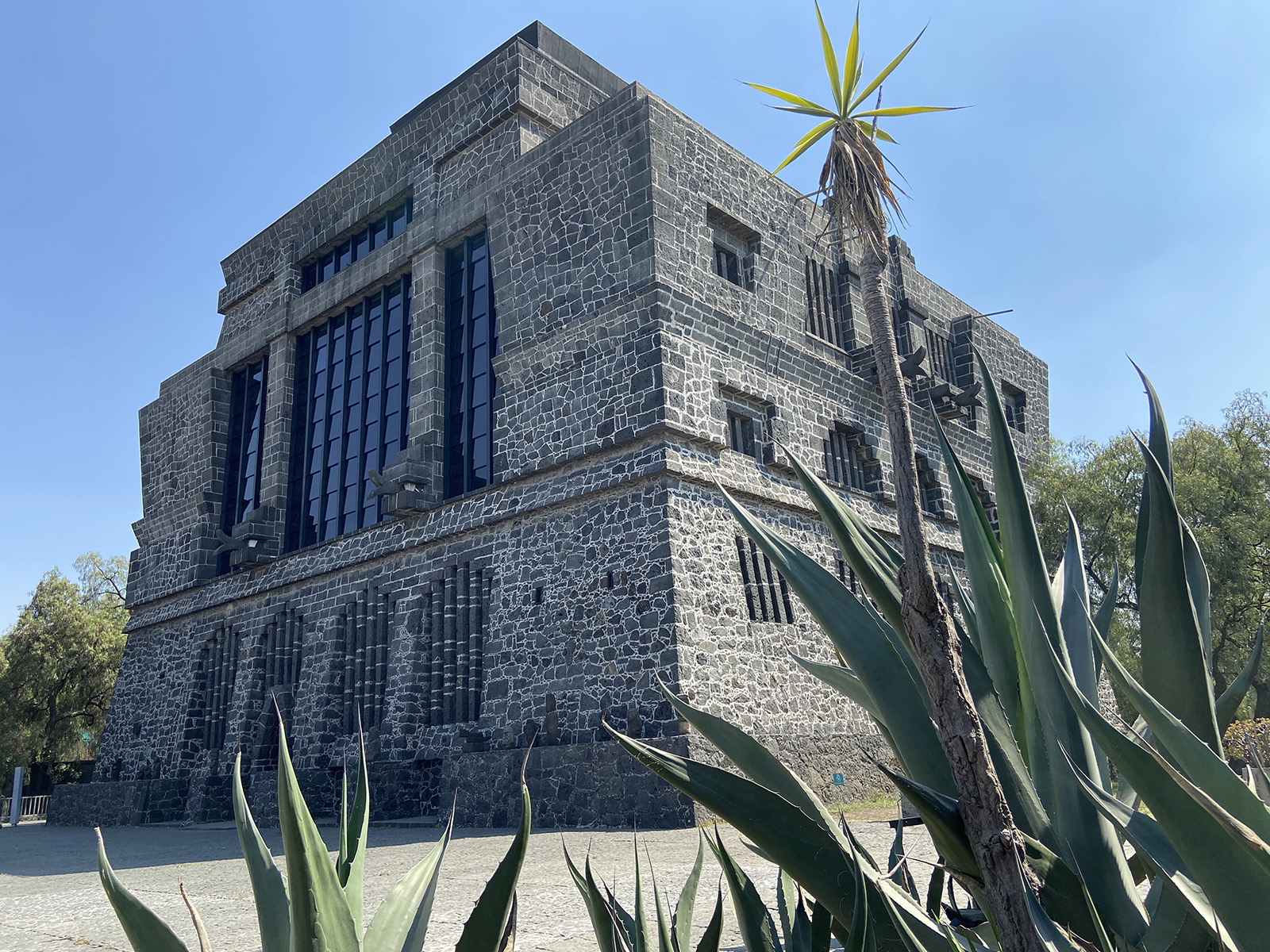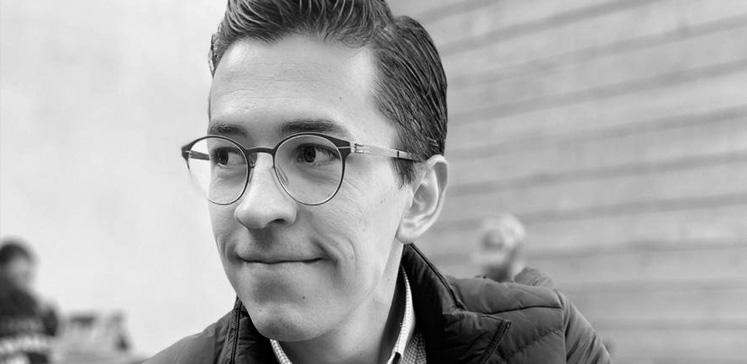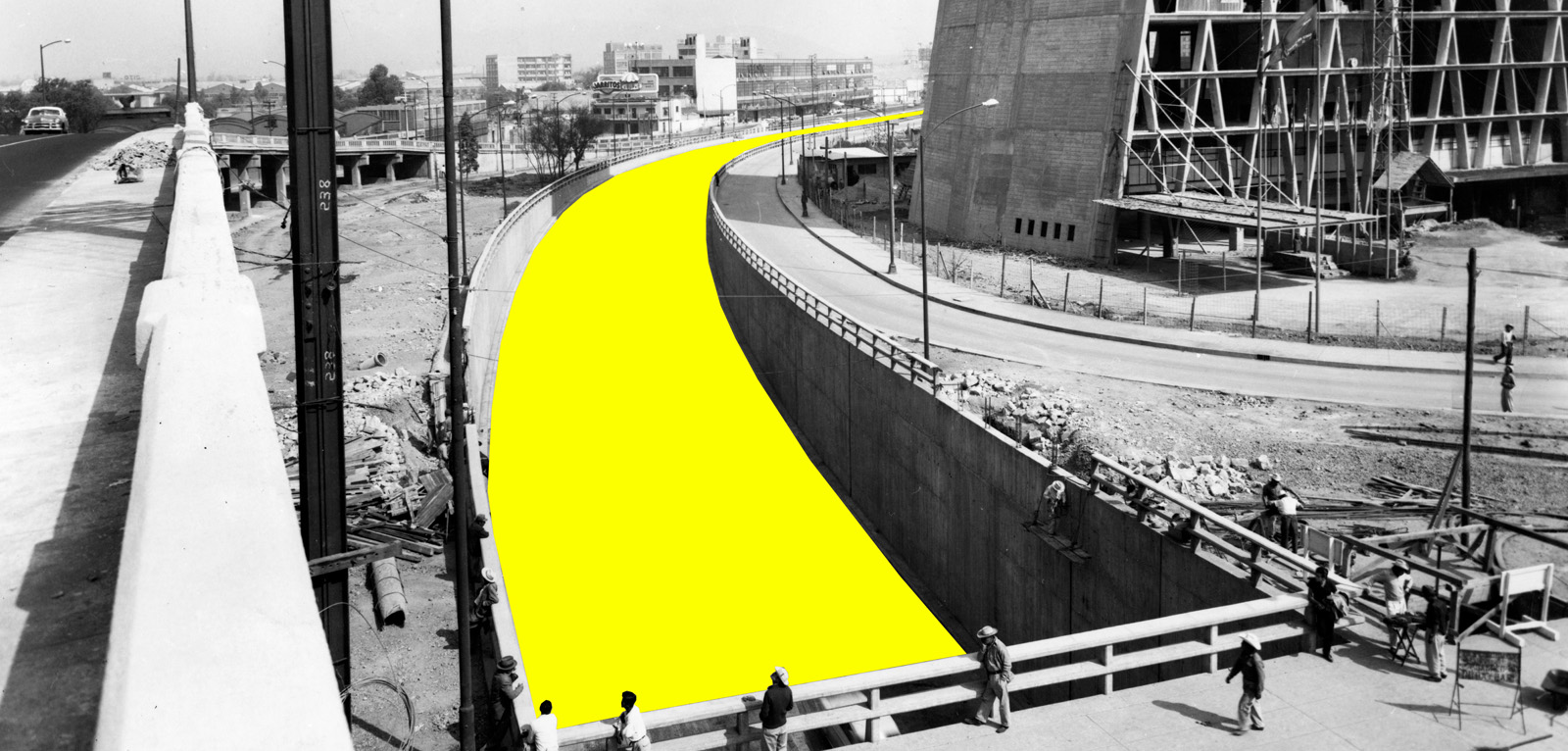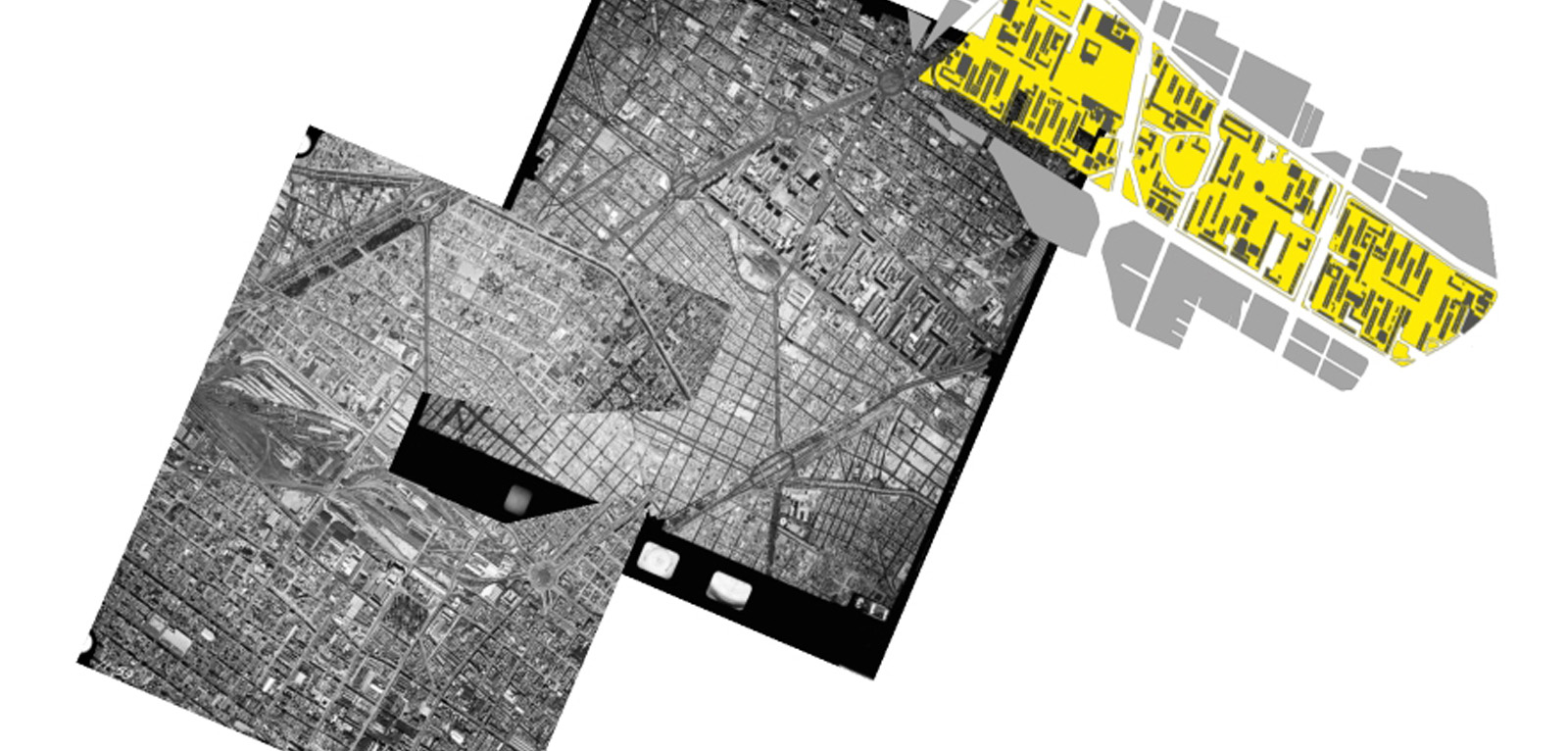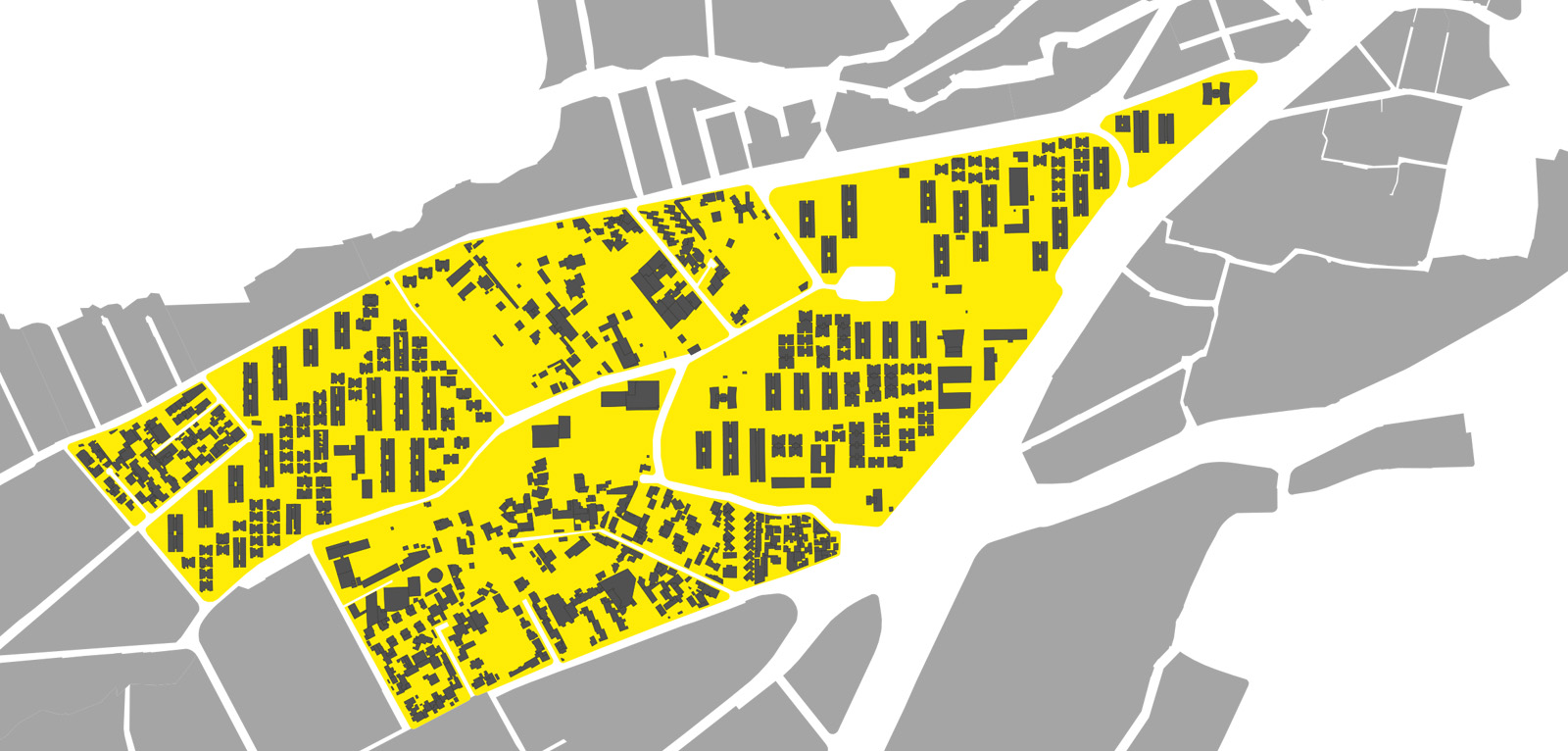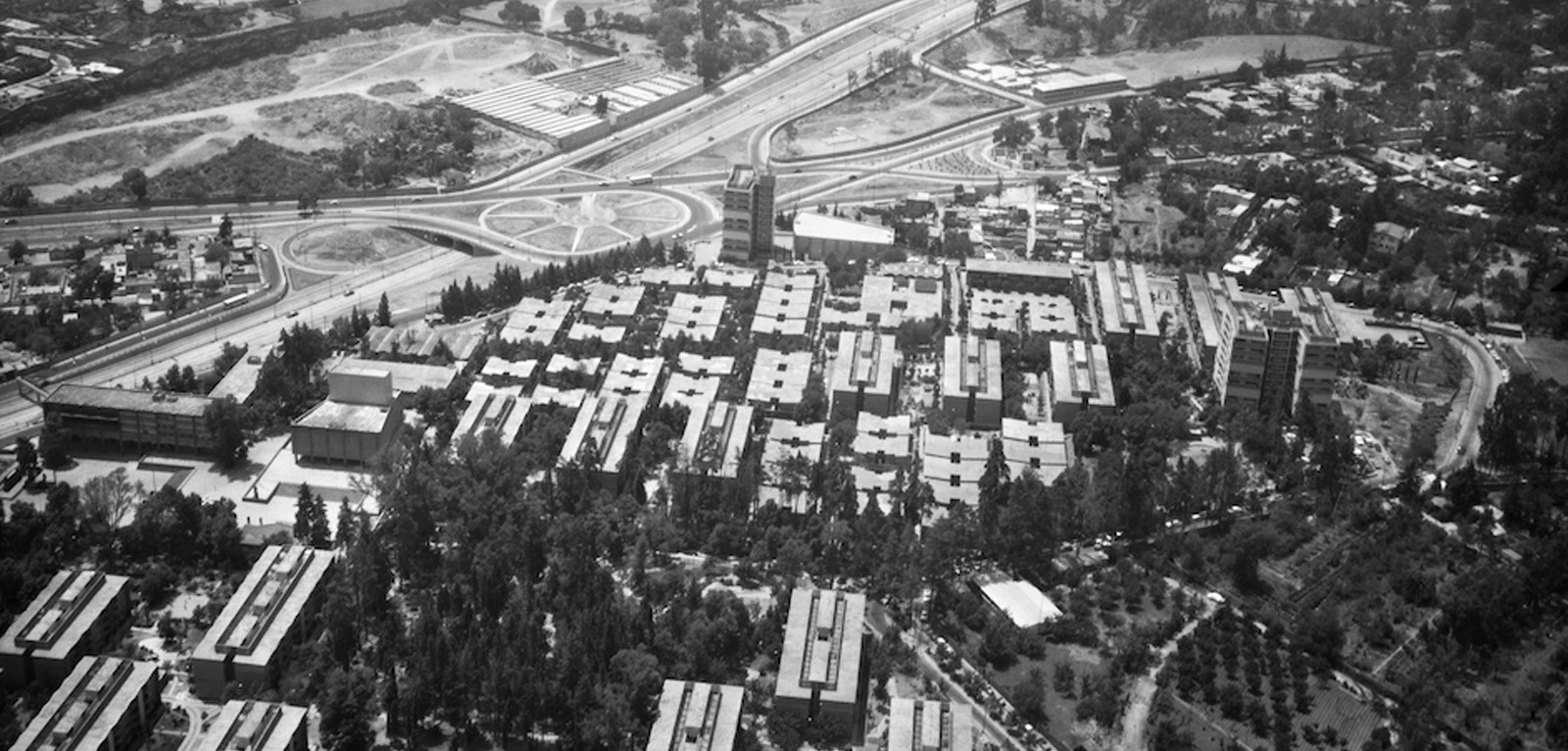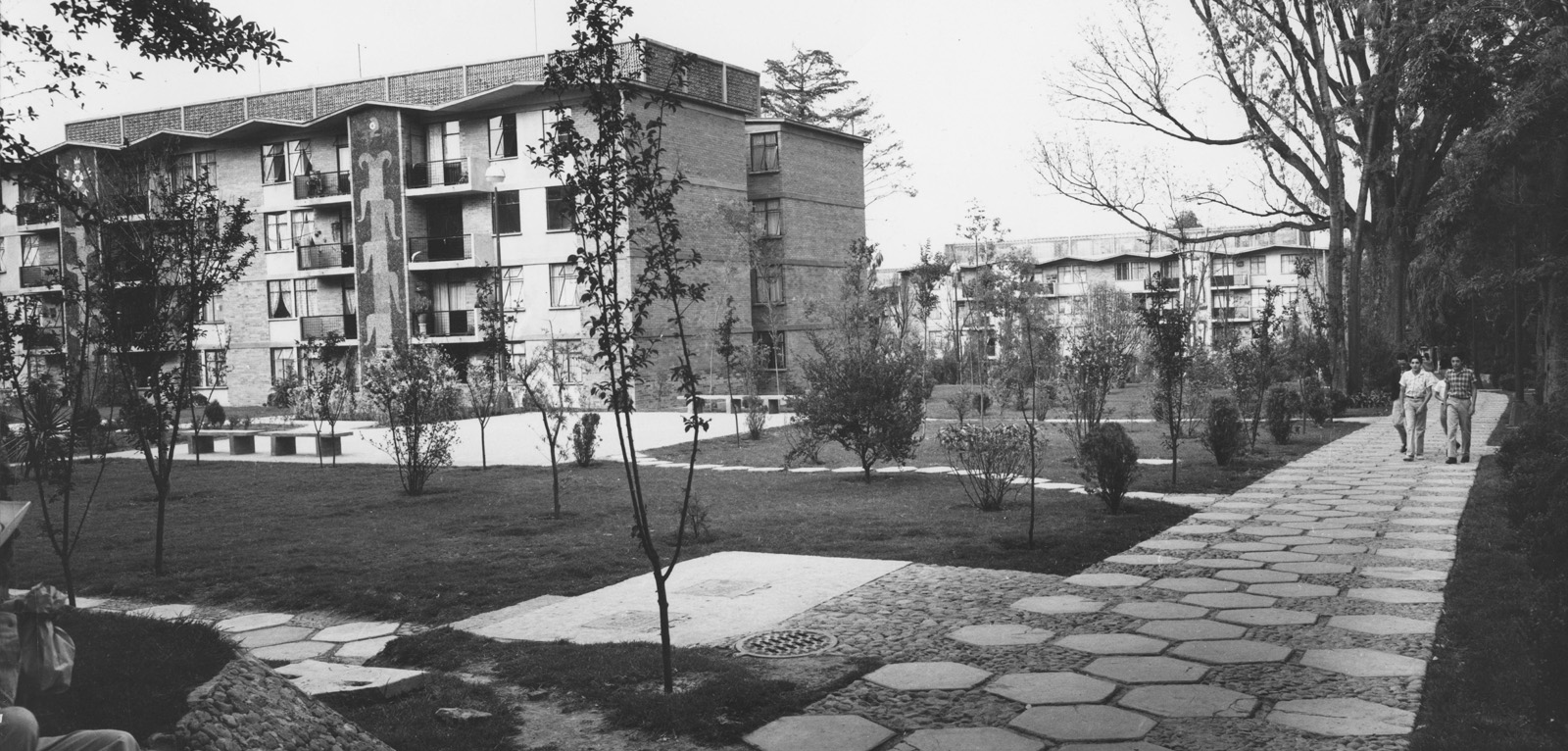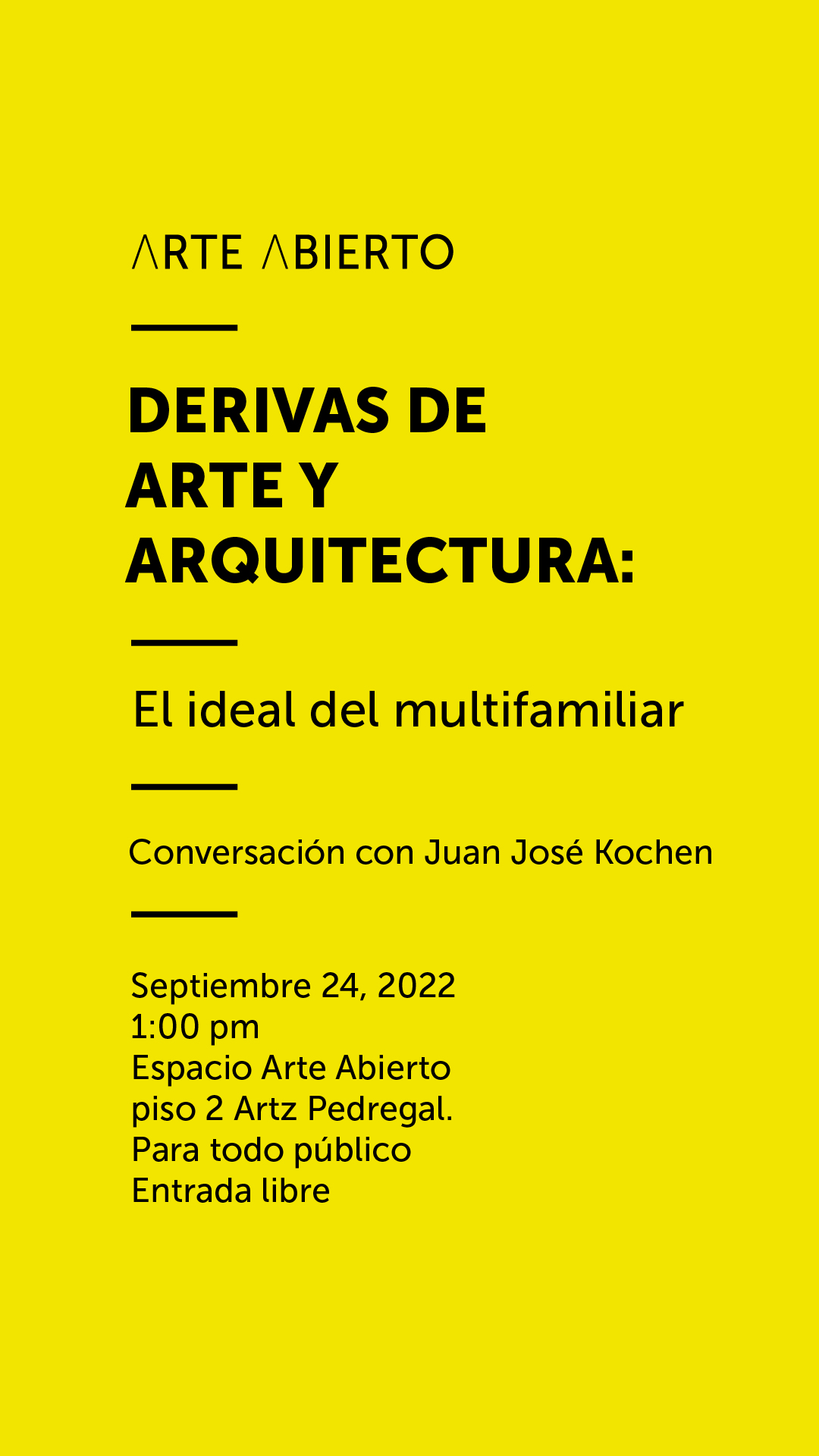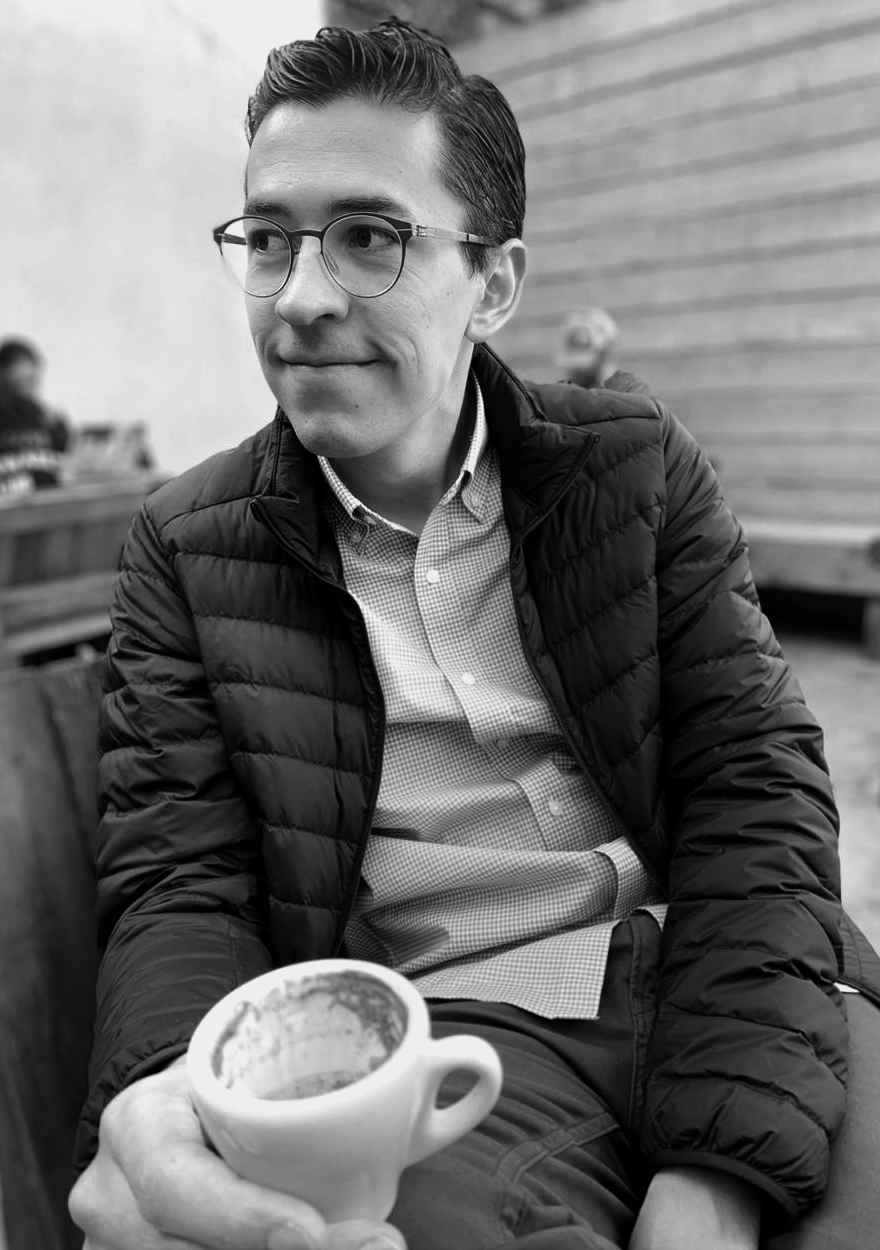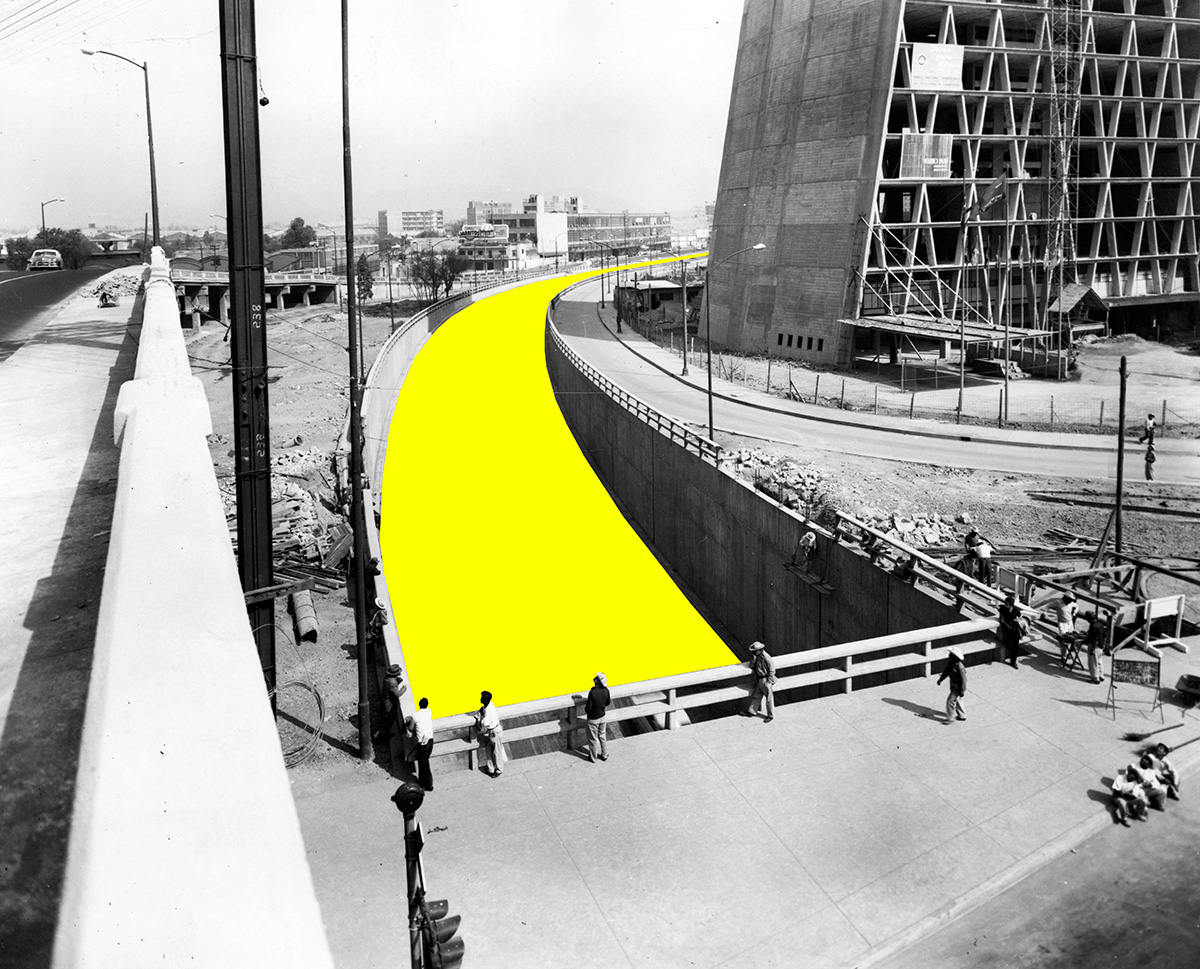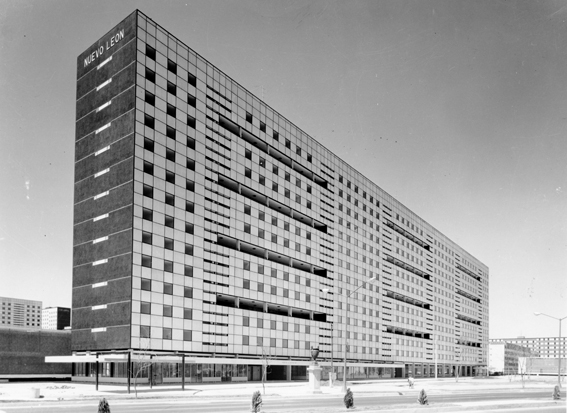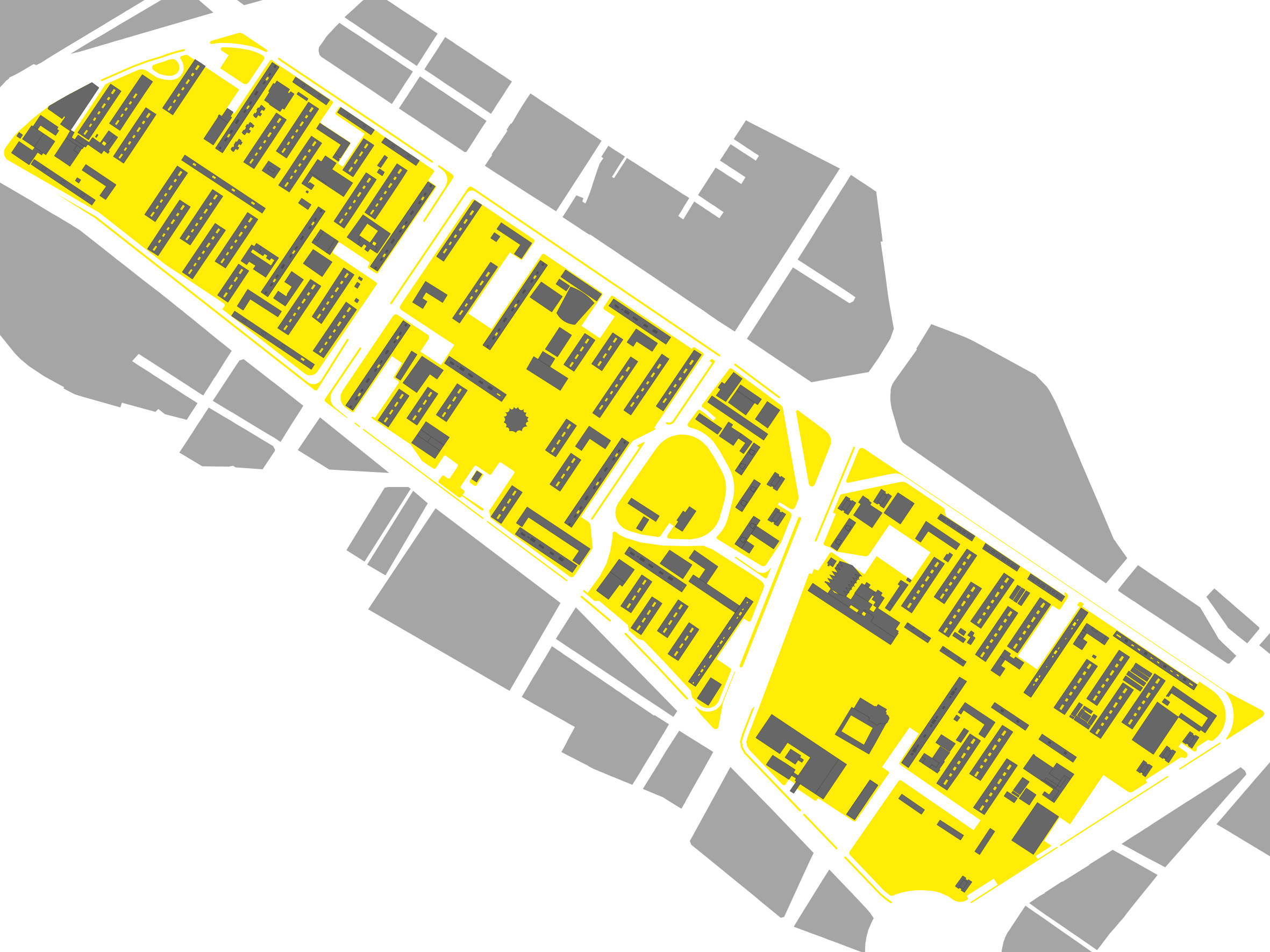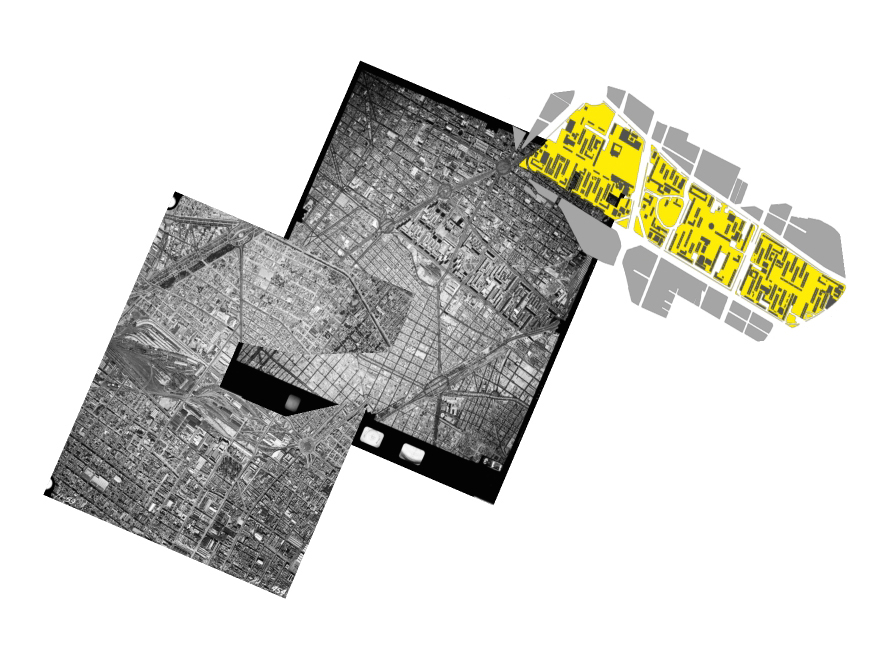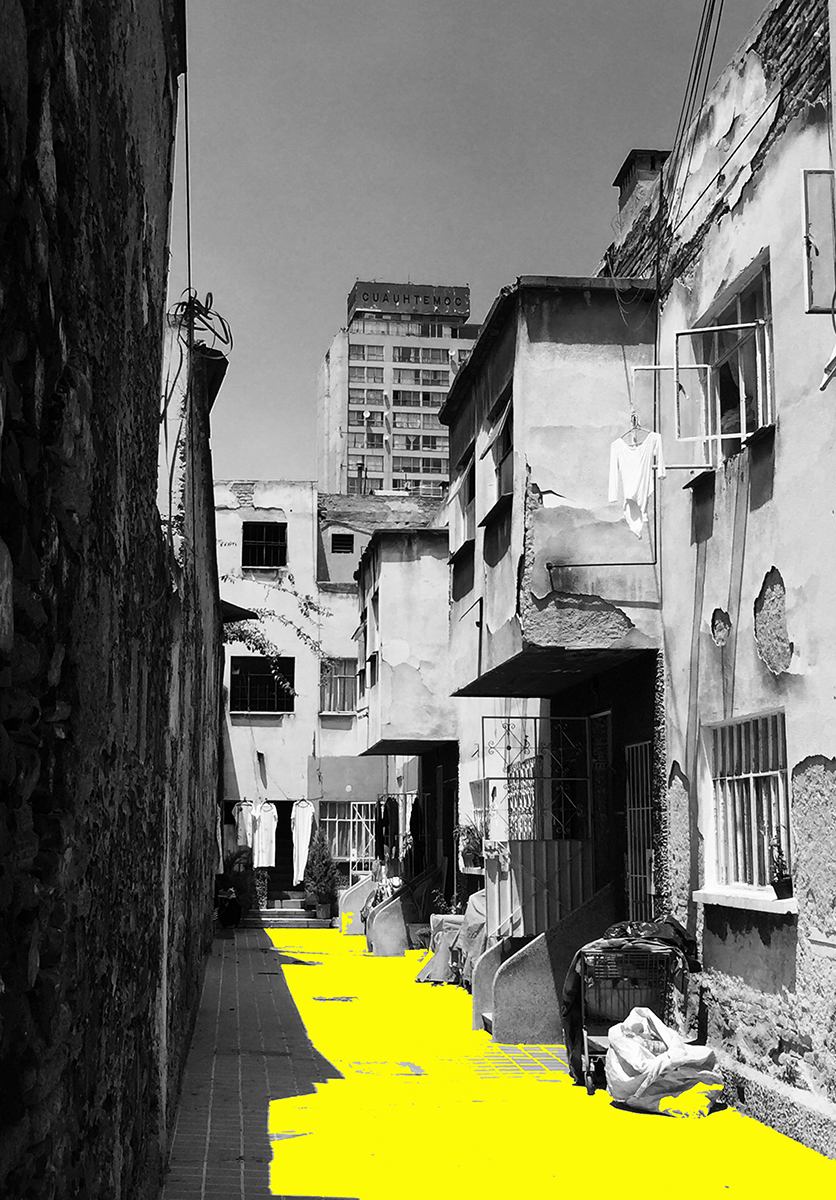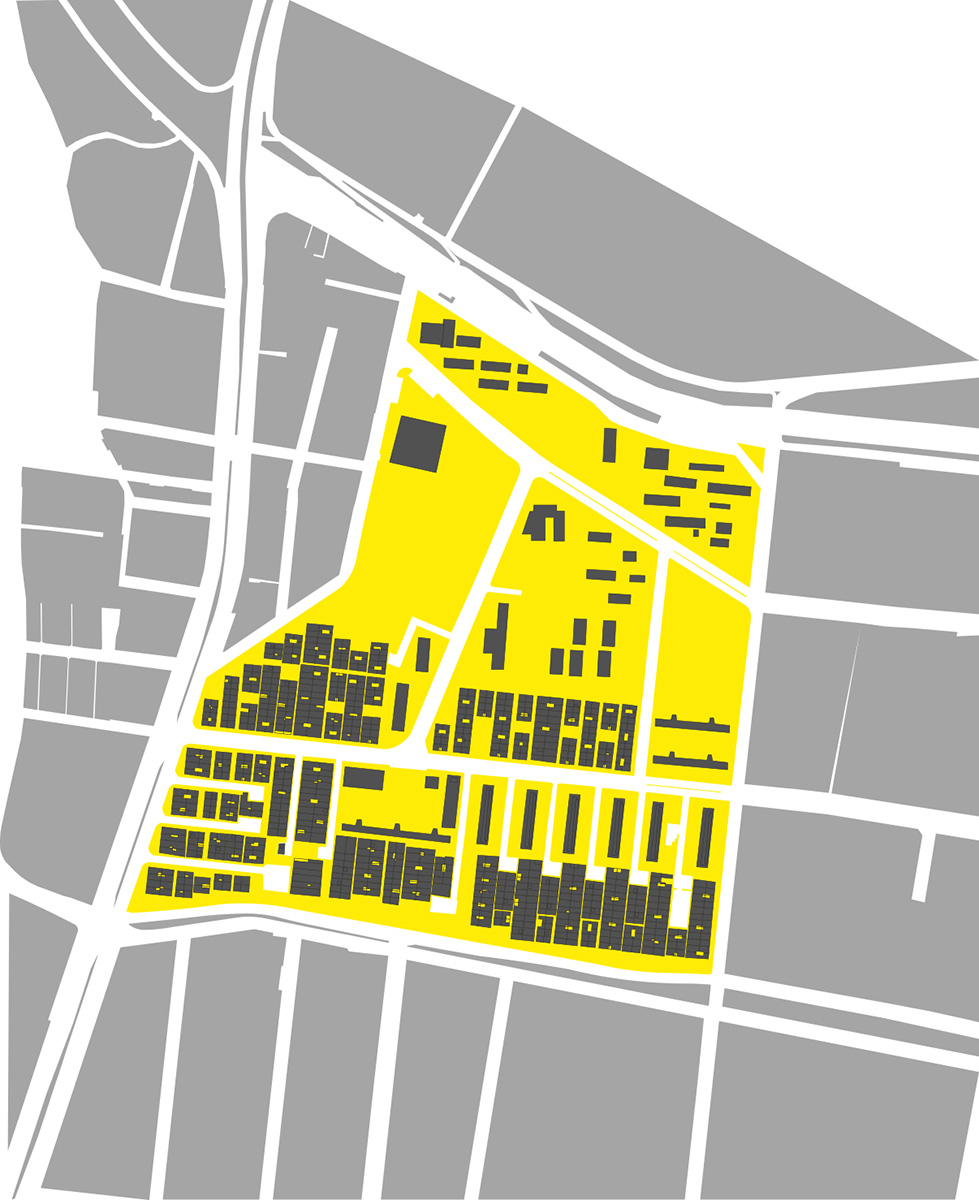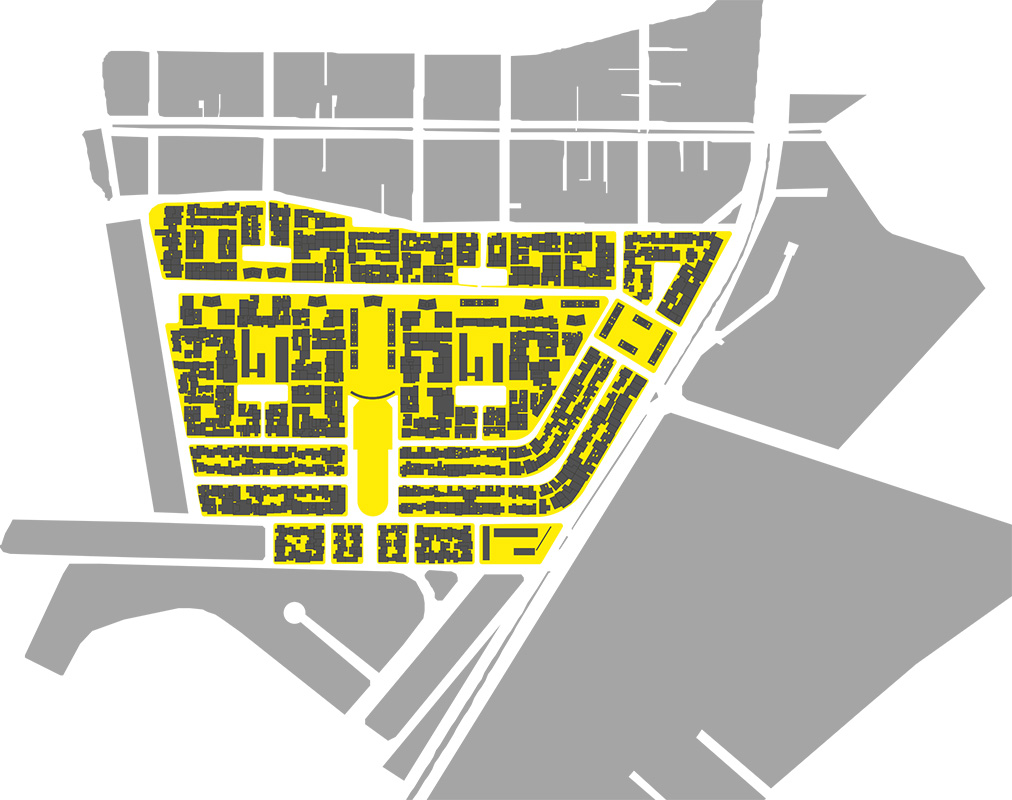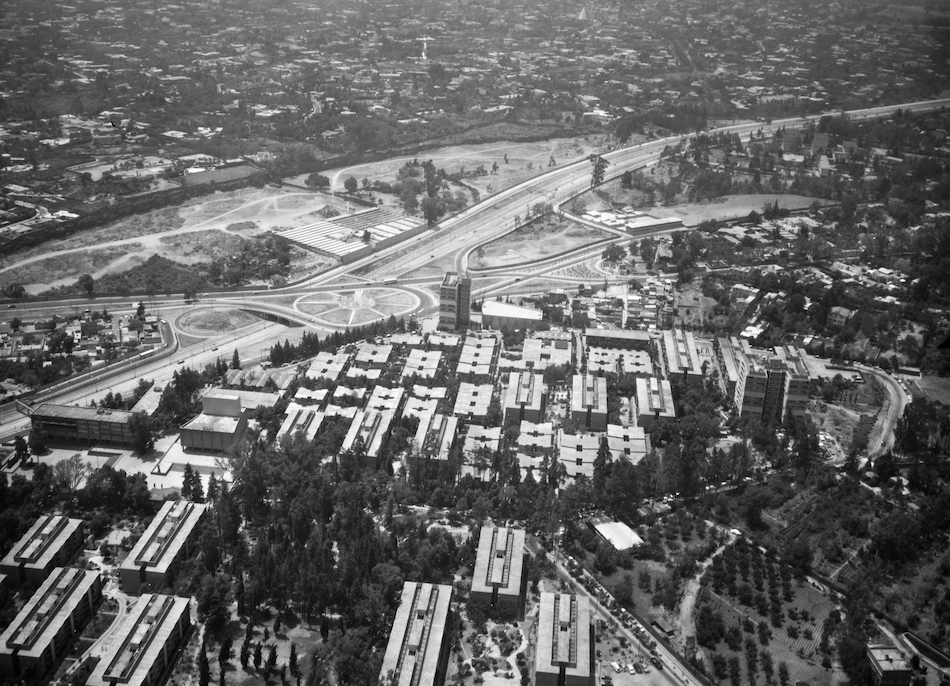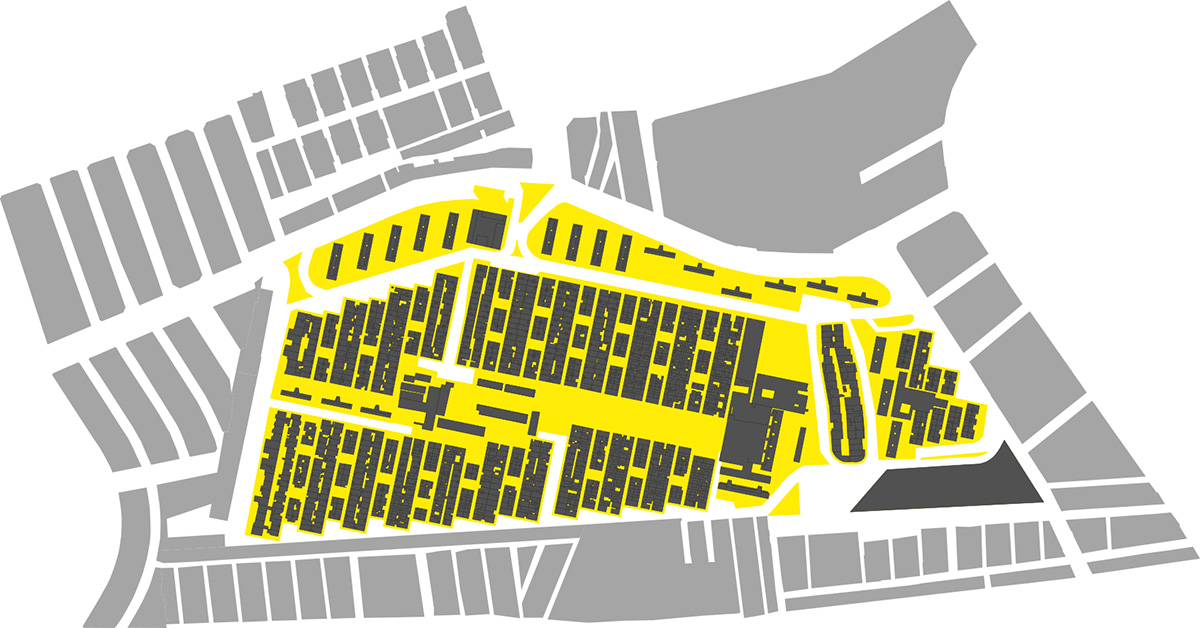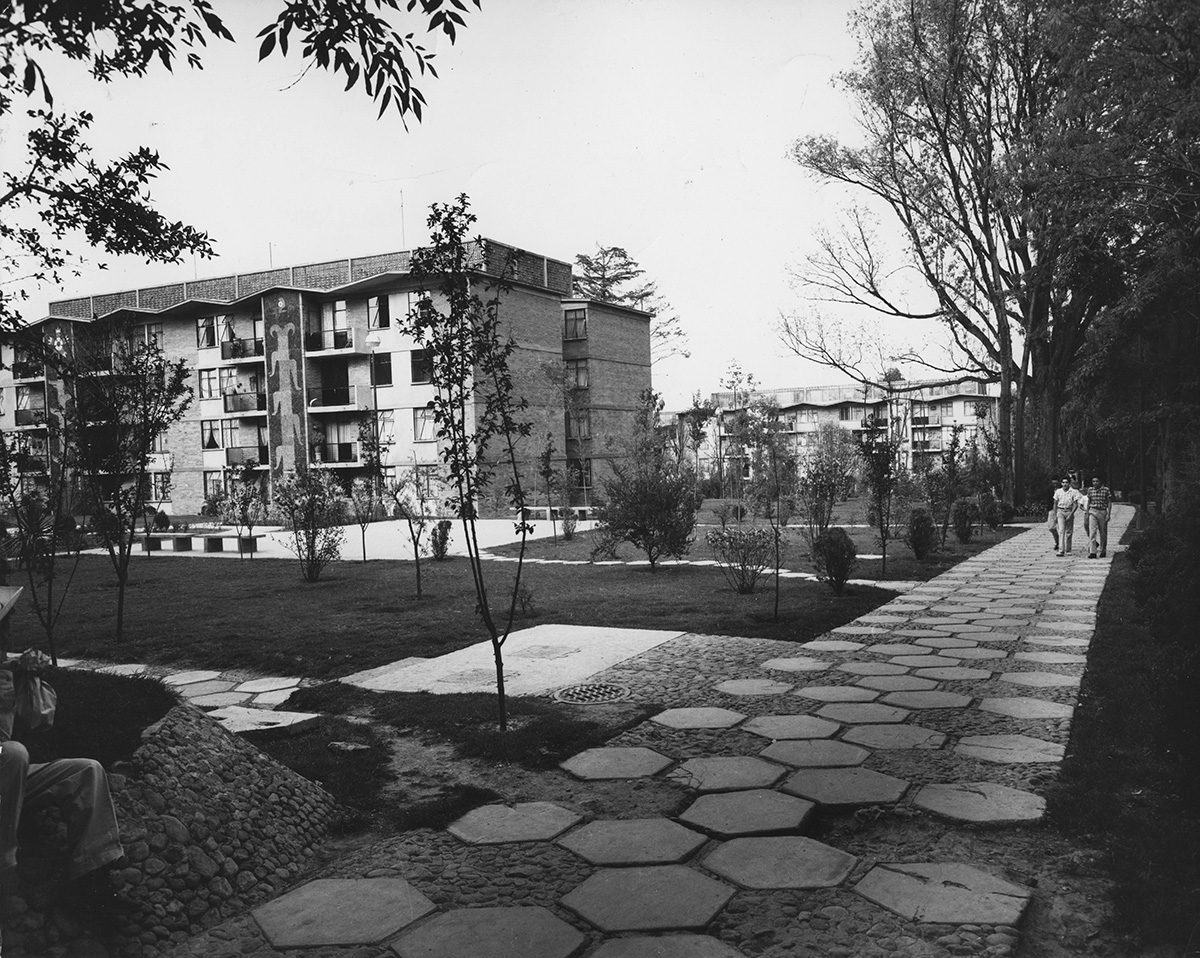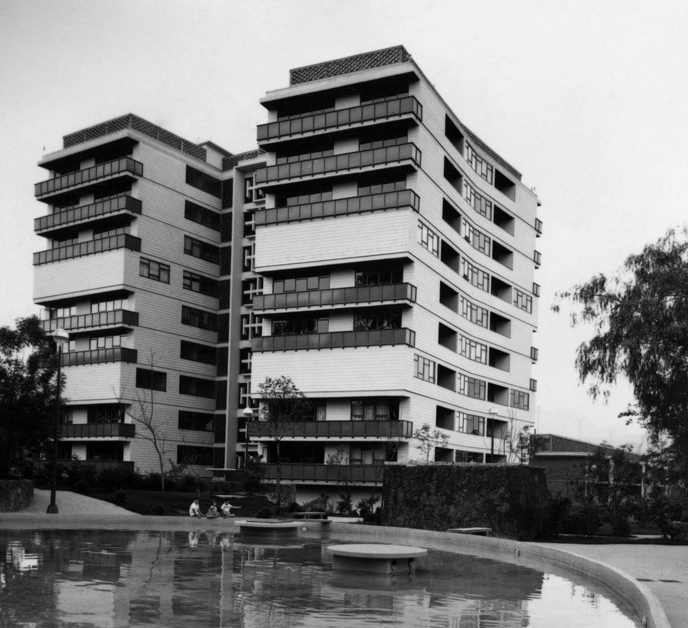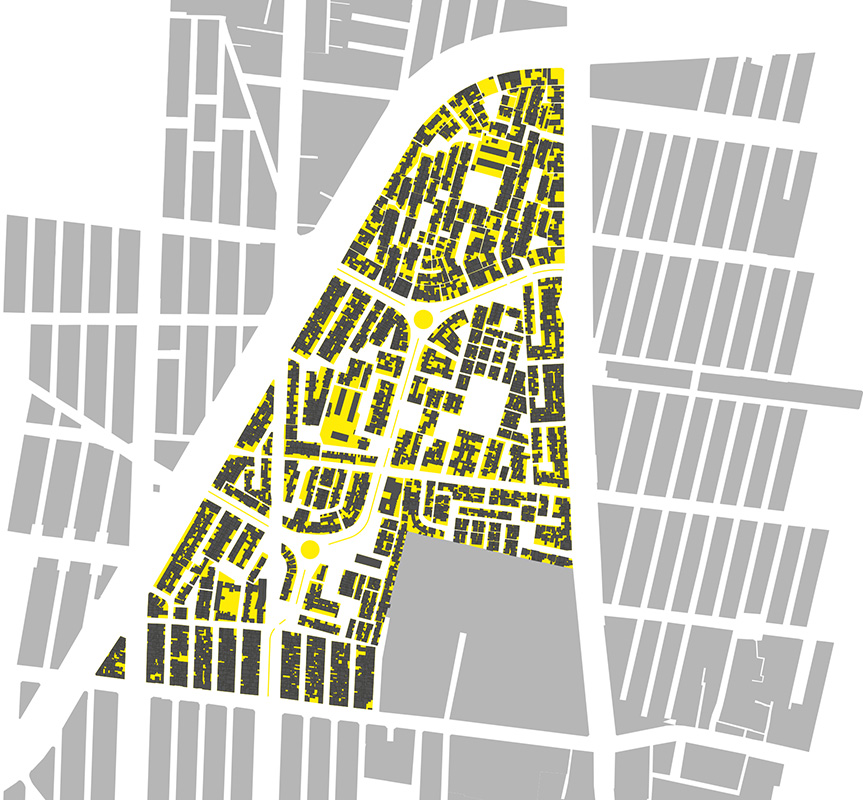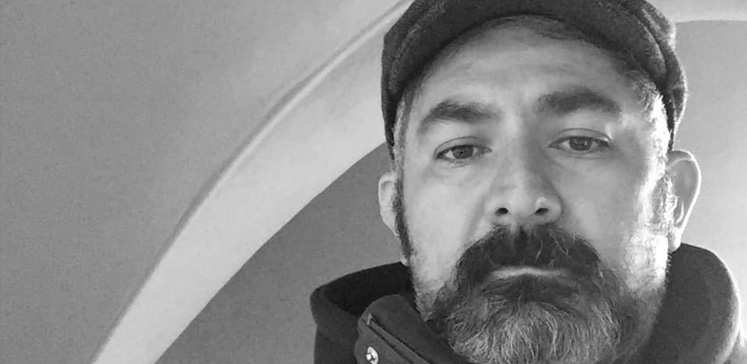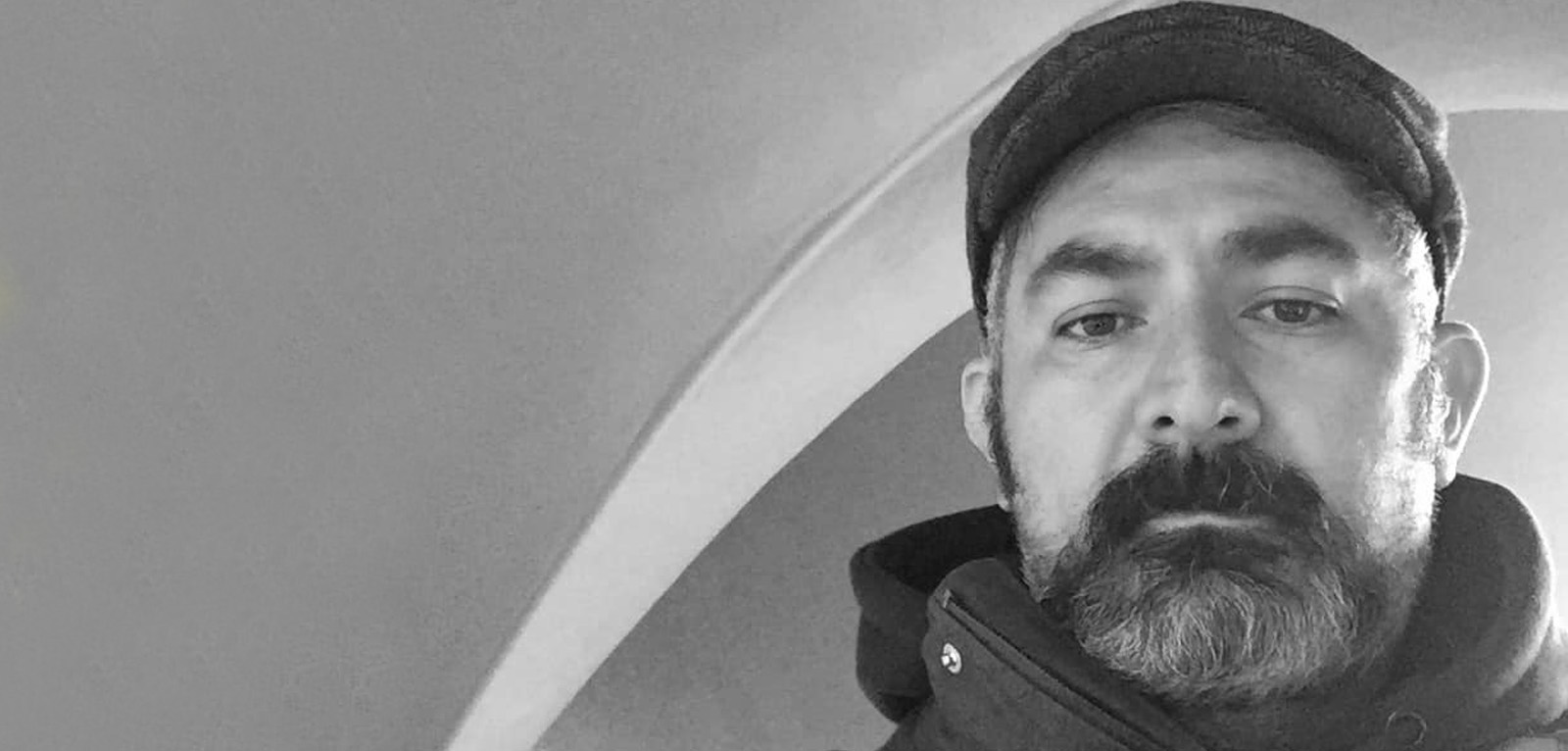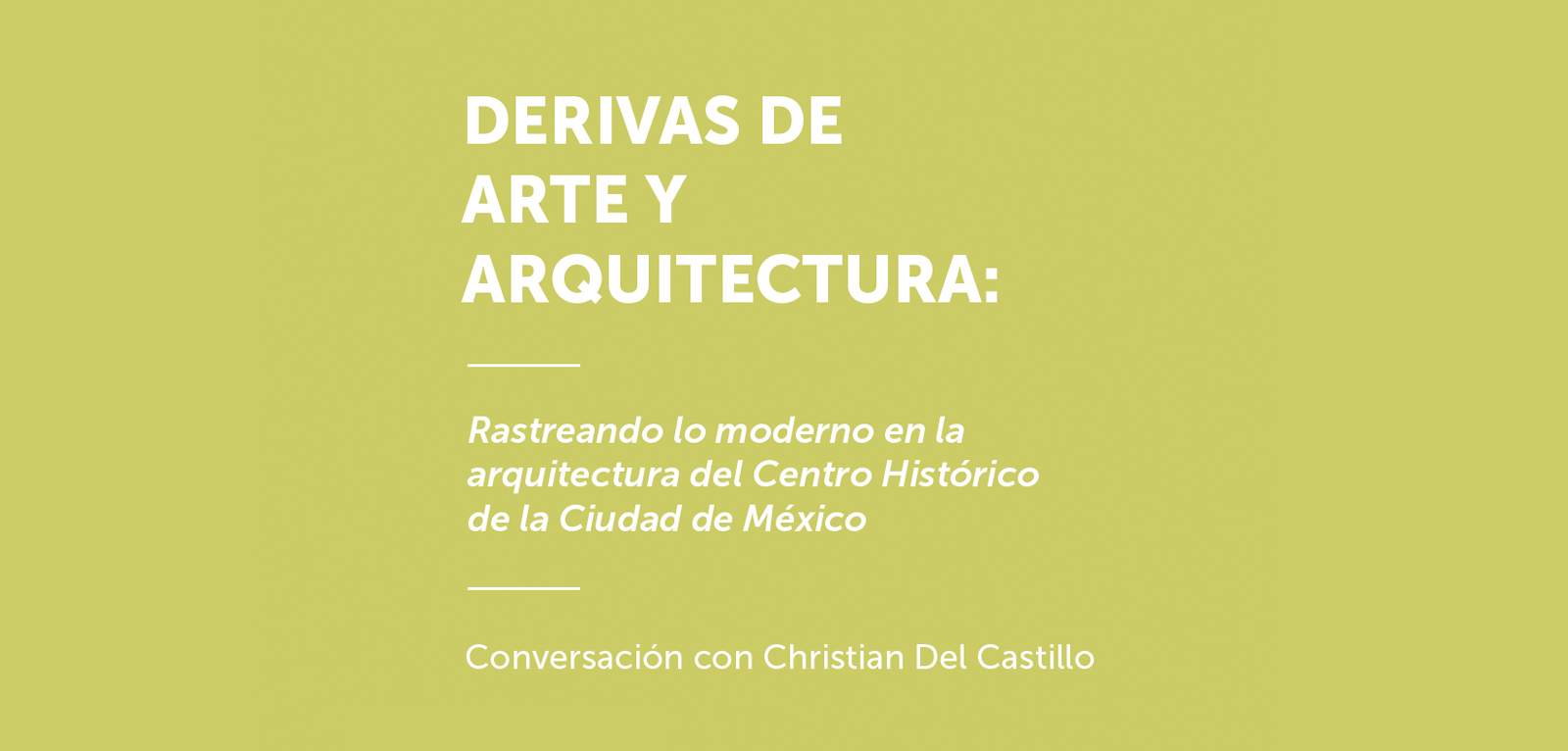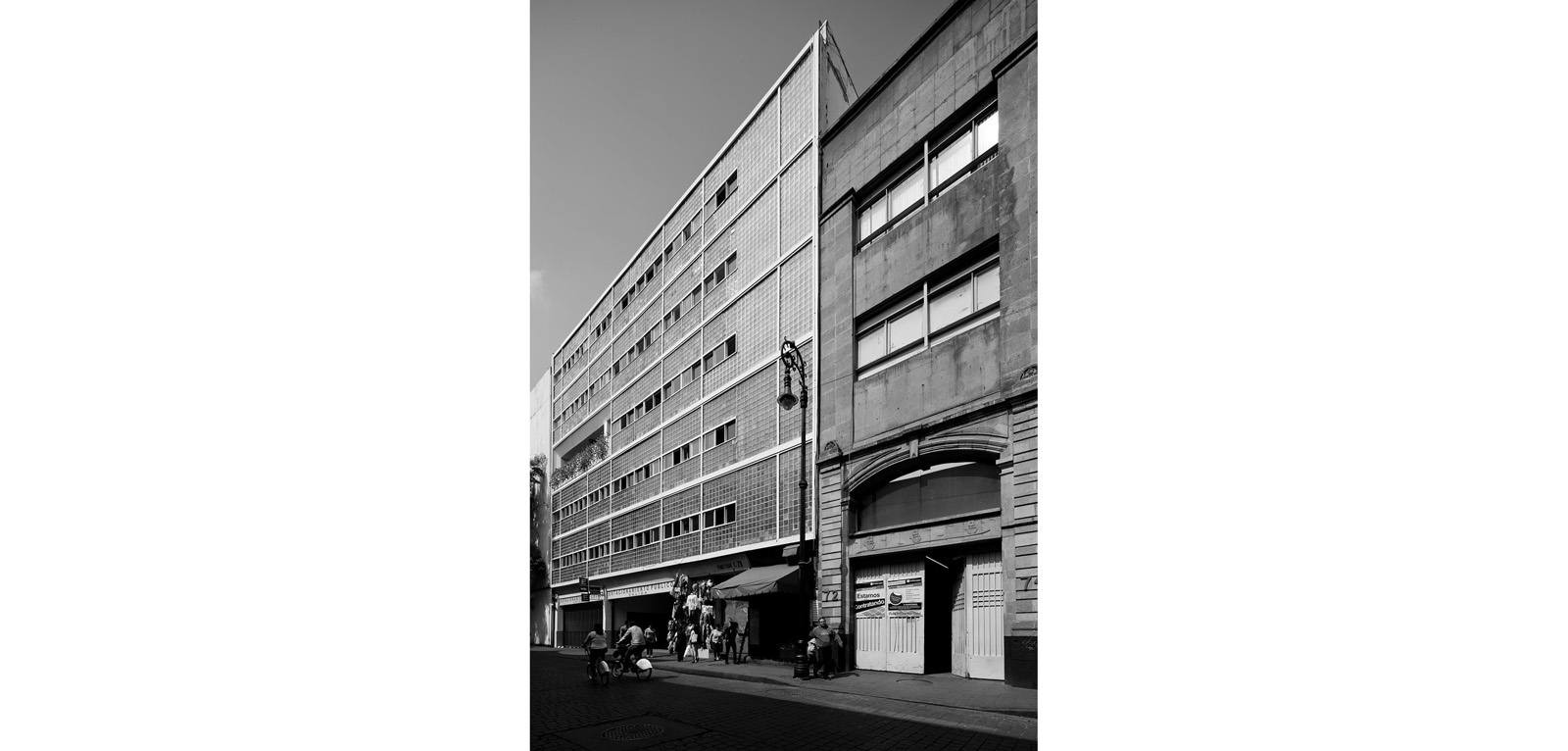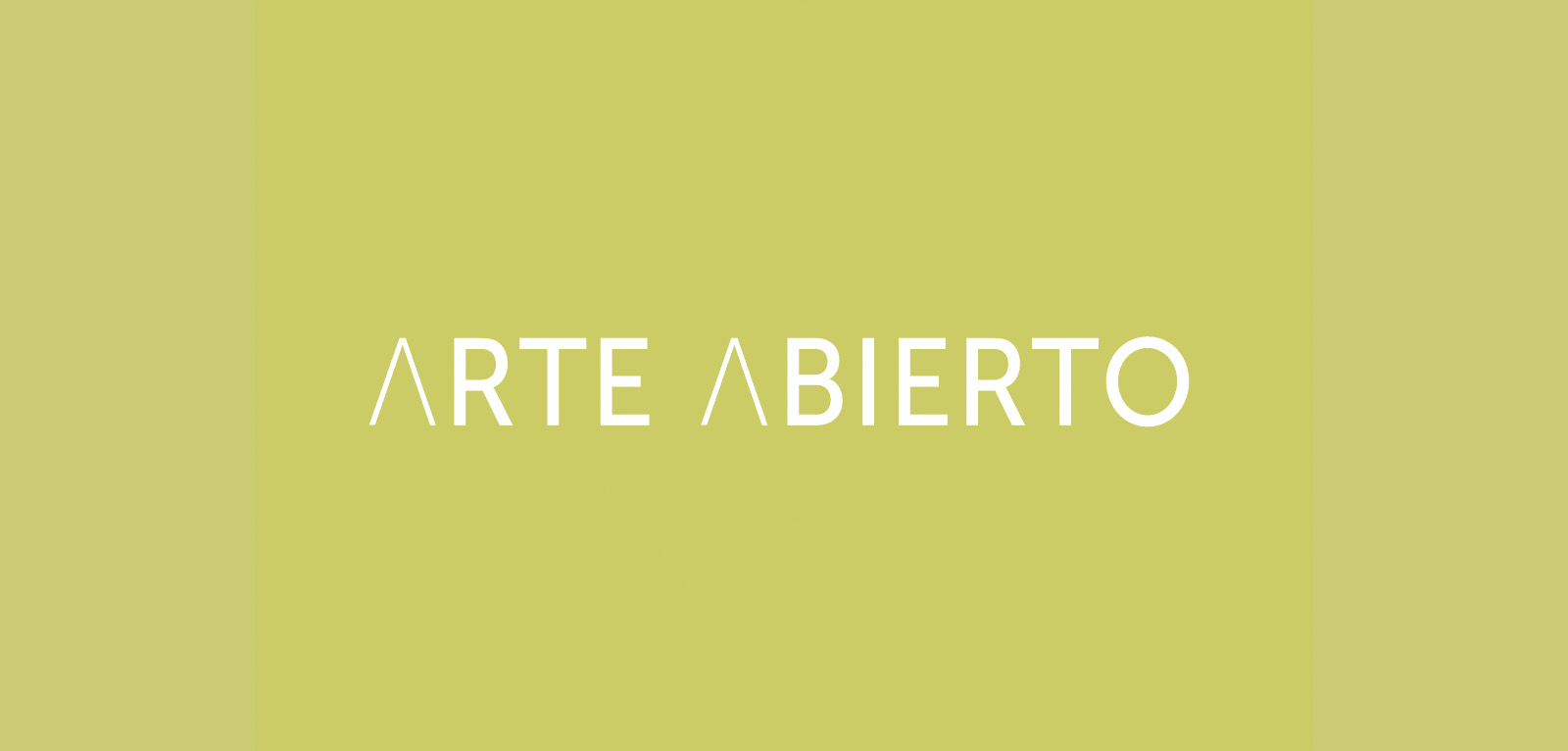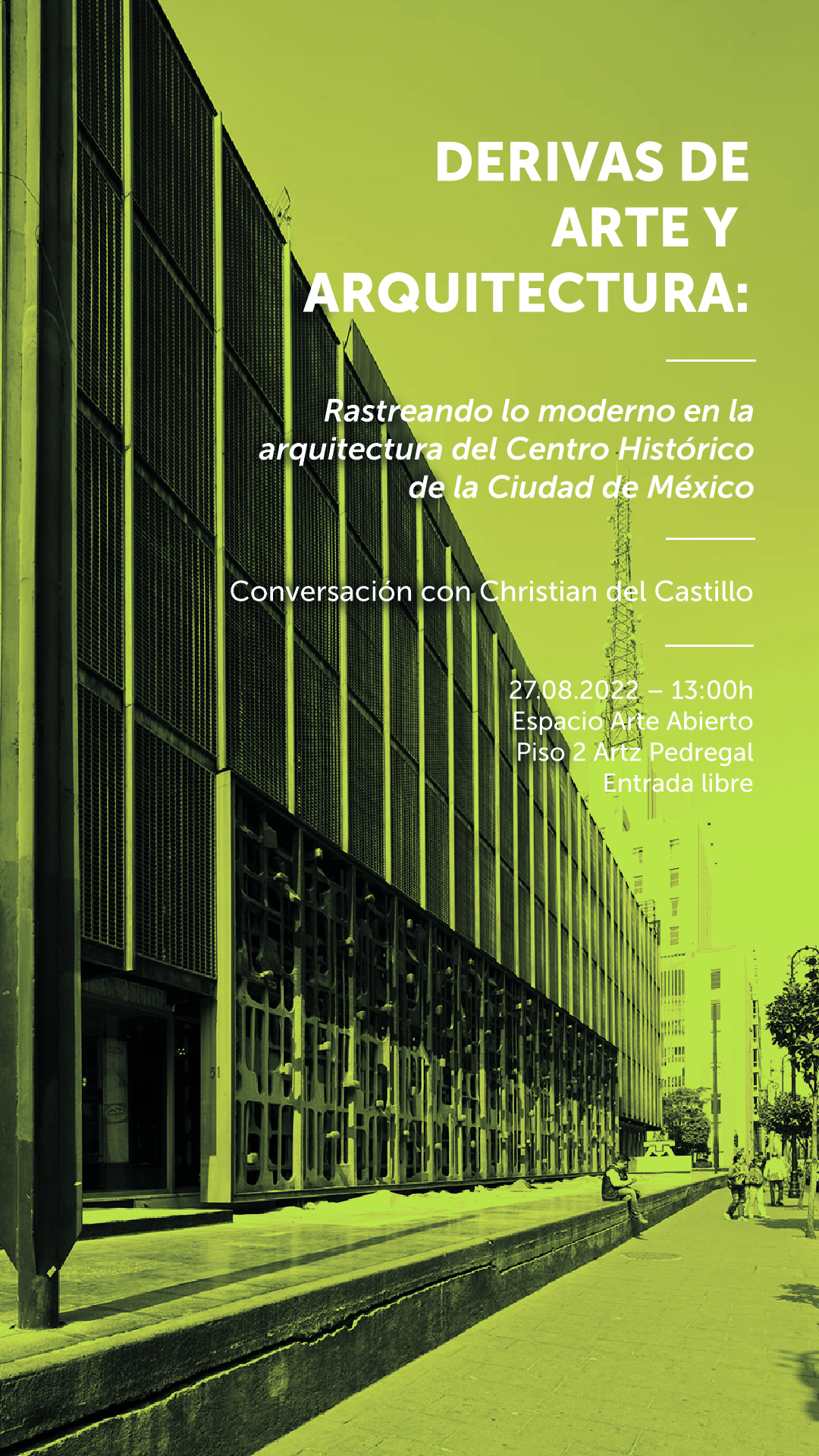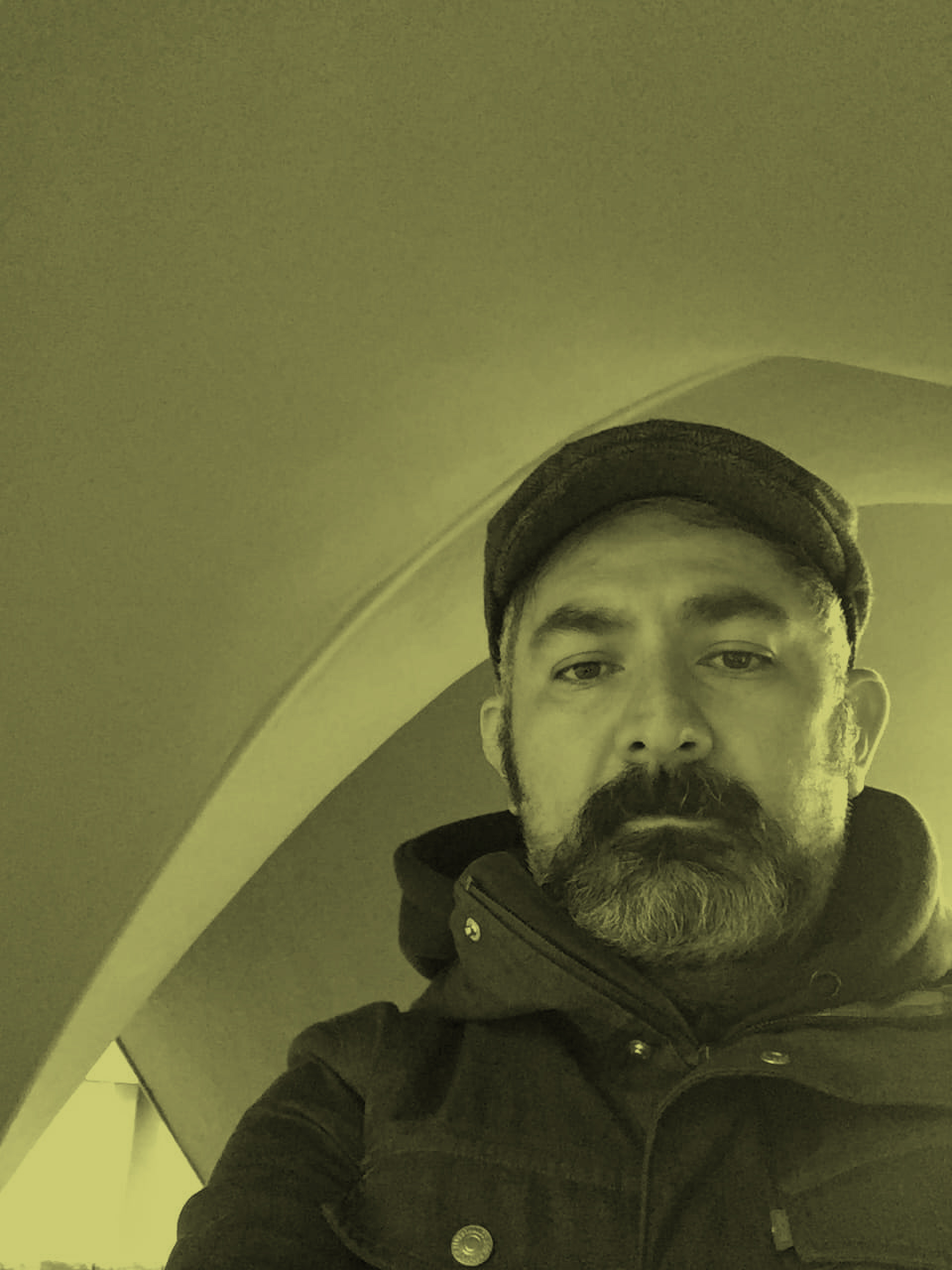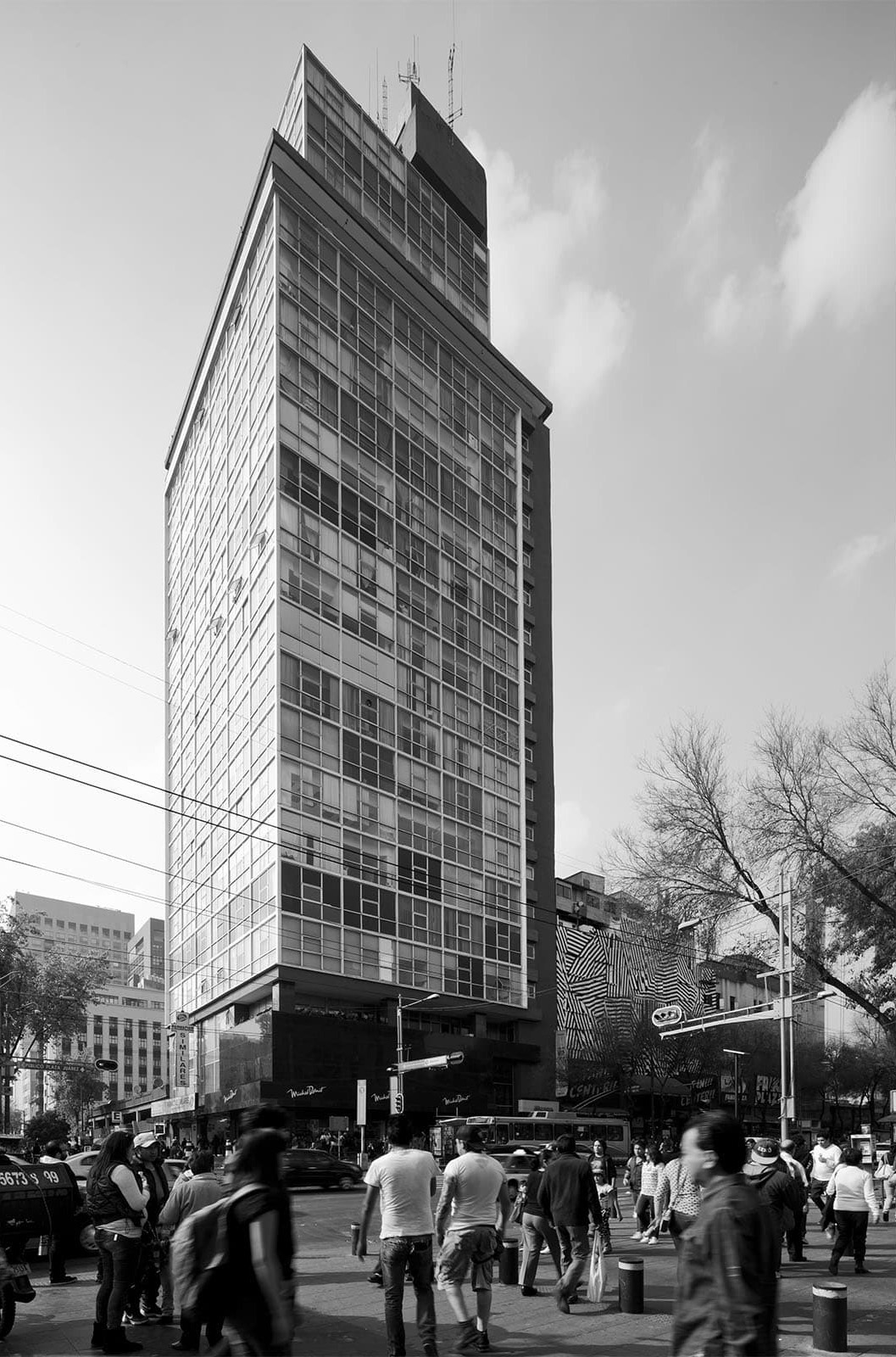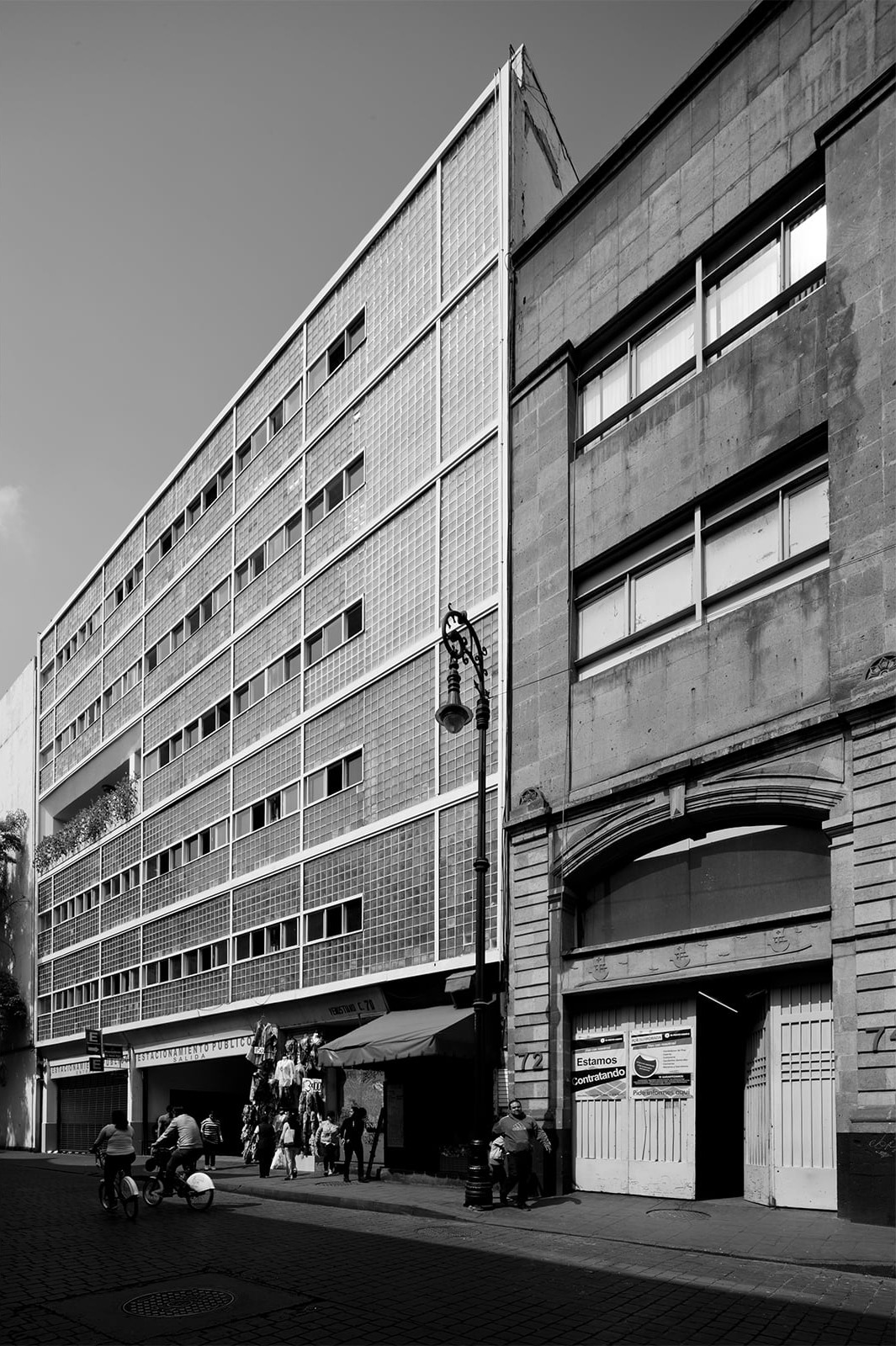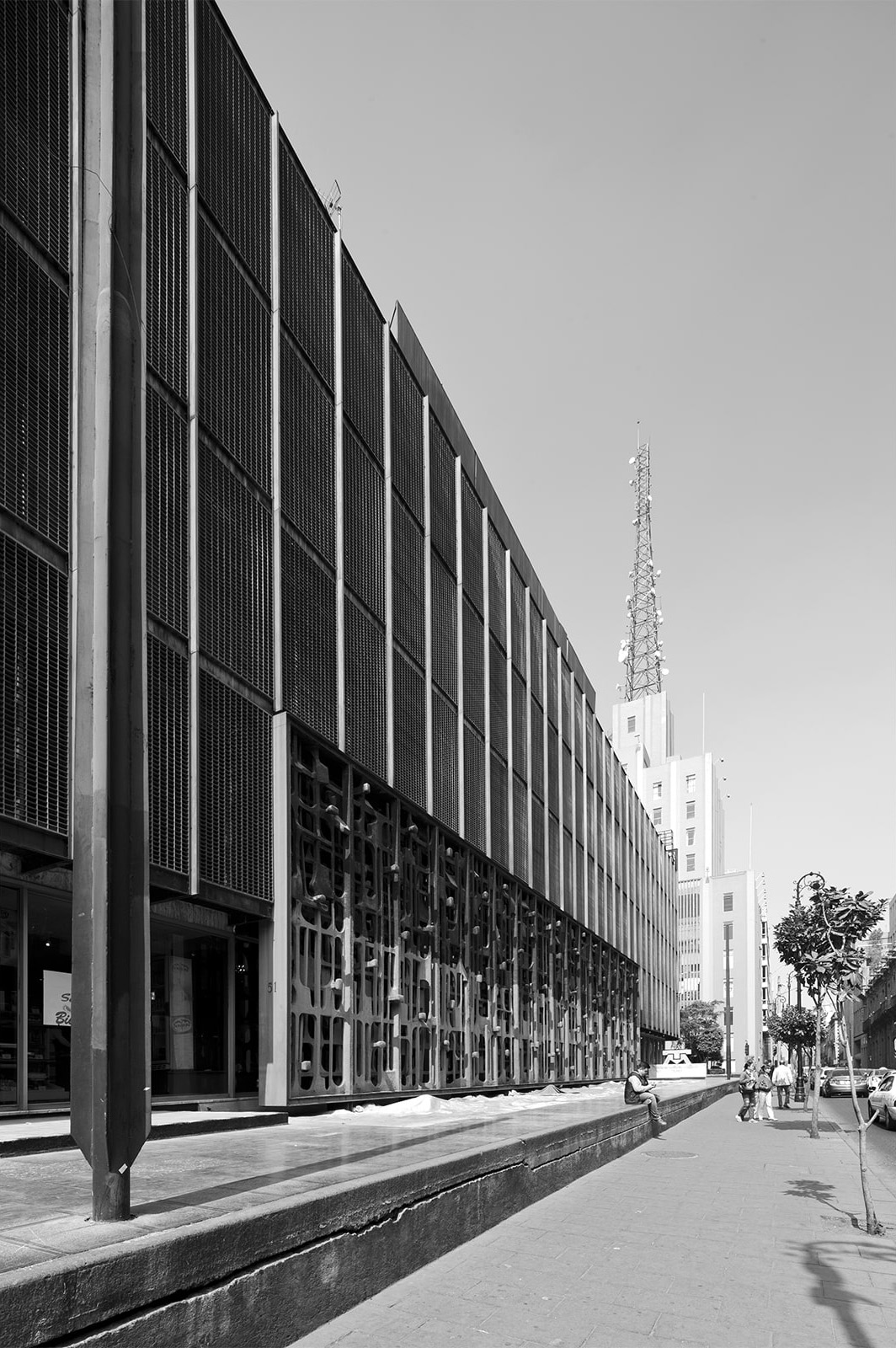10 Jun JULIÁN ARROYO – ART AND ARCHITECTURE DERIVES 🗓 🗺
Max Cetto in the beginnings of El Pedregal
A conversation with Julián Arroyo Cetto
For this 12º Art & Architecture Derive we moved the date to June 17 and we will have Julián Arroyo Cetto as a guest to talk about the beginnings of the area that we know in Mexico City as El Pedregal.
El Pedregal, a magnificent and unique terrain –almost untouched by humans since the seven successive lava flows from the Xitle volcano 2,000 years ago– became the setting for a virtuous mix of nature, art and modern architecture. Barragán’s vision, nurtured by Diego Rivera and Dr. Atl, among others, required a unique architecture for this singular place.
This task fell on Max Cetto, a German architect-engineer with a great cultural background –already with a career in his native Germany, a brief stay in the Neutra office in California and almost ten years in Mexico– to whom his friend Barragán entrusts to raise a first architecture proposal for the El Pedregal Gardens.
This is how the Show-Houses on Av. Fuentes and the Max Cetto Studio House arose, the first house in the subdivision and current witness to the passing of time on this site.
>>
Max Cetto in the beginning of El Pedregal.. Conversation with Julián Arroyo Cetto.
- Saturday, June 17, 2023
- 13:00h
- At Espacio Arte Abierto, located on the 2nd flor in Artz Pedregal
- Free admission
>>
No need to register.
>>
Julián Arroyo Cetto
Architect graduated from the Faculty of Architecture at UNAM and professor at the Universidad Iberoamericana. He has worked on various public and private projects; committed to the balanced integration of technical, artistic, economic and social aspects. He collaborated in the first projects of the Autoridad del Espacio Público: “Plaza de la República” and “Corredor Peatonal Madero”. He was Coordinator of architecture in the projects “Parque Hídrico La Quebradora” and renovation of the “Urban Park Monument to the Mother and Garden of Art”. He collaborated with Nuño, Mac Gregor and de Buen in the design of the “Building of Bars and Restaurants of the León Fair”. He has designed projects for SEDATU among which the “Garden of Shadows” and the “Garden of Water” (Collaboration with ORU); “Mirador Cultural Center”, “Main Square and Pisté Cultural Center”, “Sisbichén Square” and “Deportivo y Plaza Chelem”. He currently works in his own office and collaborates, both with public and private institutions in the development of projects.
IG @julian_arroyo_cetto
IG @dcmxarq
>>
Arte Abierto continues with its new public program Derivas de Arte y Arquitectura (Art & Architecture Derives), which seeks to renew our gaze on the architectural legacy of Mexico City. From a series of talks focused on rescuing the parallel stories of emblematic architectural projects and public spaces that have witnessed the variable intersection between art and architecture. In this first stage, the program deals mainly with modern architecture, based on a series of talks given by invited curators, architects, artists and urban planners.
With this program, ways of returning to architecture part of its public, experiential, collective character and close to those of us who inhabit the city are tested, recognizing in it its condition as a living archive. From these talks, circumstances, contexts and anecdotes are revealed that have been part of his sensitive memory and that complement his material memory, a relationship that often escapes documentary narratives and academic accounts.
The objective of the drifts is to generate experiences of spatial rediscovery, which allow us to renew our gaze on the legacy of certain emblematic architectural and artistic works, as well as those that have been forgotten.
The derives will be carried out free of charge on the last Saturday of each month, at 1:00 p.m. with a limited capacity.
Arte Abierto Derives :
February 26: Tania Ragasol / Entorno urbano, cotidianidad y arte: La Torre de los Vientos by Gonzalo Fonseca
March 26 : David Miranda / Del Animal Herido y otros eventos escultóricos dentro de la arquitectura moderna
April 23: Gustavo Lipkau y Xavier Hierro / Integración plástica de los edificios del campus central de CU: sus murales
May 28: Marisol Argüelles / La casa-estudio Diego Rivera y Frida Kahlo. Del espacio doméstico a la dimensión de lo público
June 25: Luis Javier de la Torre/ La Ruta de la Amistad MÉXICO68… más allá de 1968
July 30: Aldo Solano/ Architecture for playing in 20th Century Mexico City.
August 27: Christian del Castillo/ Tracing the modern in the architecture of the Historic Center of Mexico City.
September 24: Juan José Kochen/ The Ideal of the Multifamily Apartment cComplex.
October 29: Tania Candiani/ Quantum Prelude. Sound activation by Tania Candiani.
March 25: Ana Garduño/ Cultural Geographies: The invention of museum circuits in 20th century Mexico City.
May 27: Rebeca Barquera/ The Plastic Integration Movement México: More than murals on buildings.



